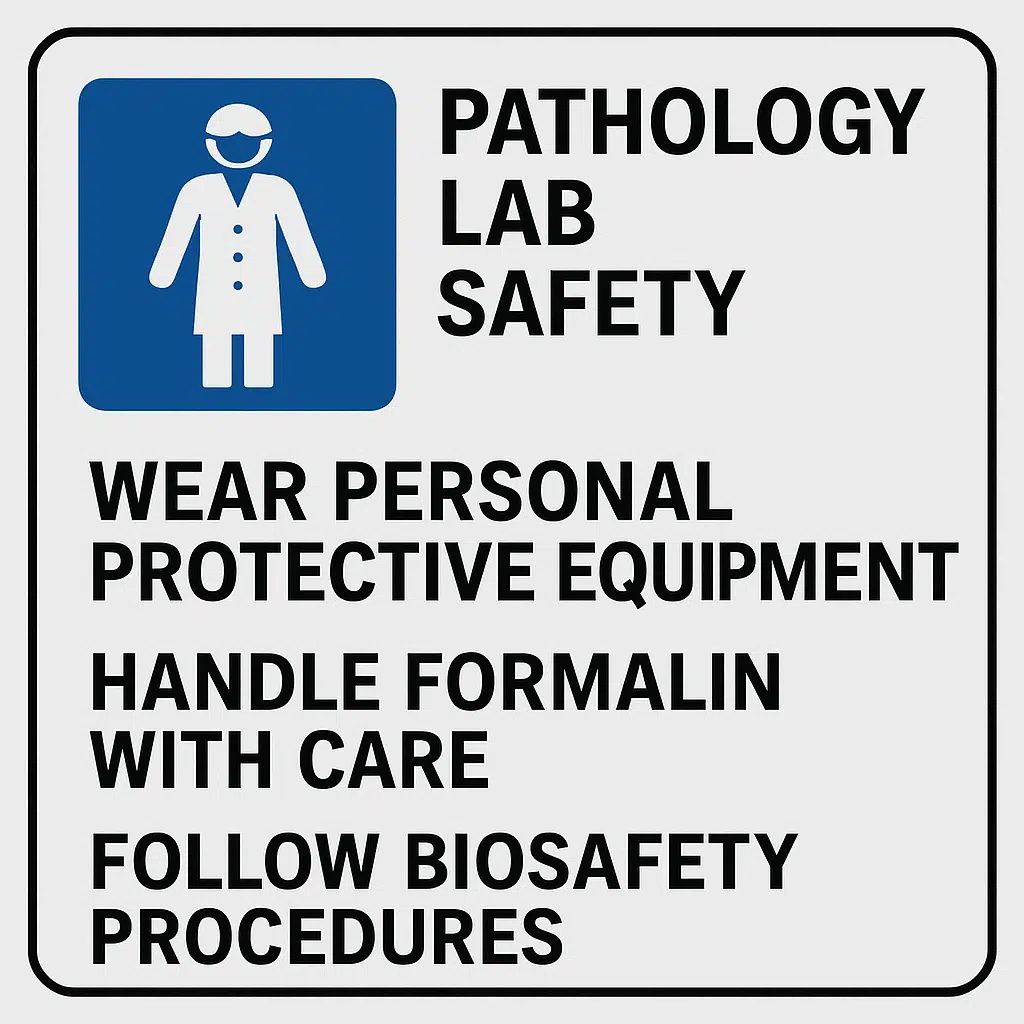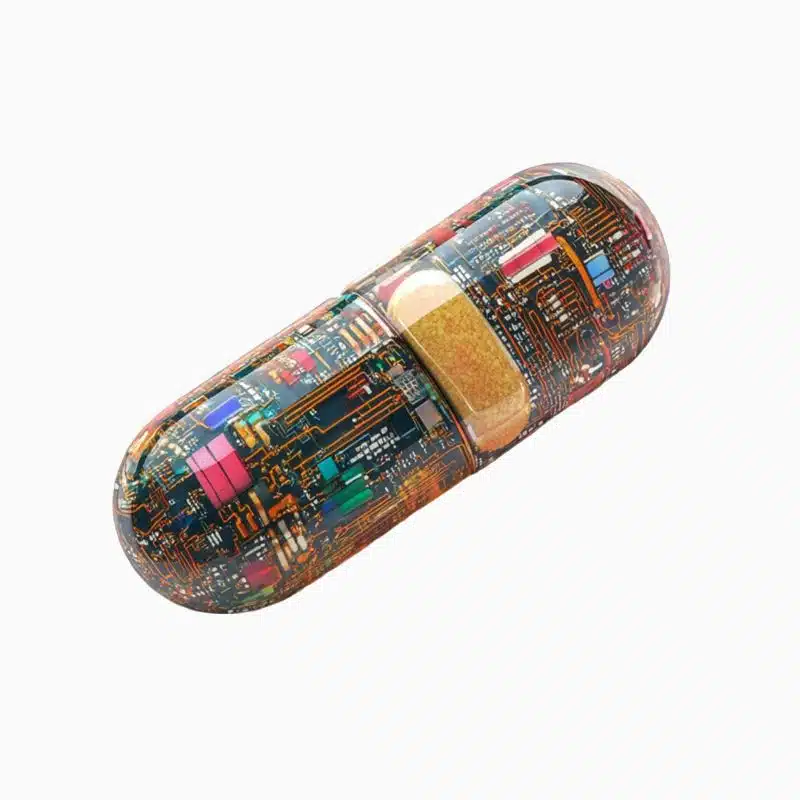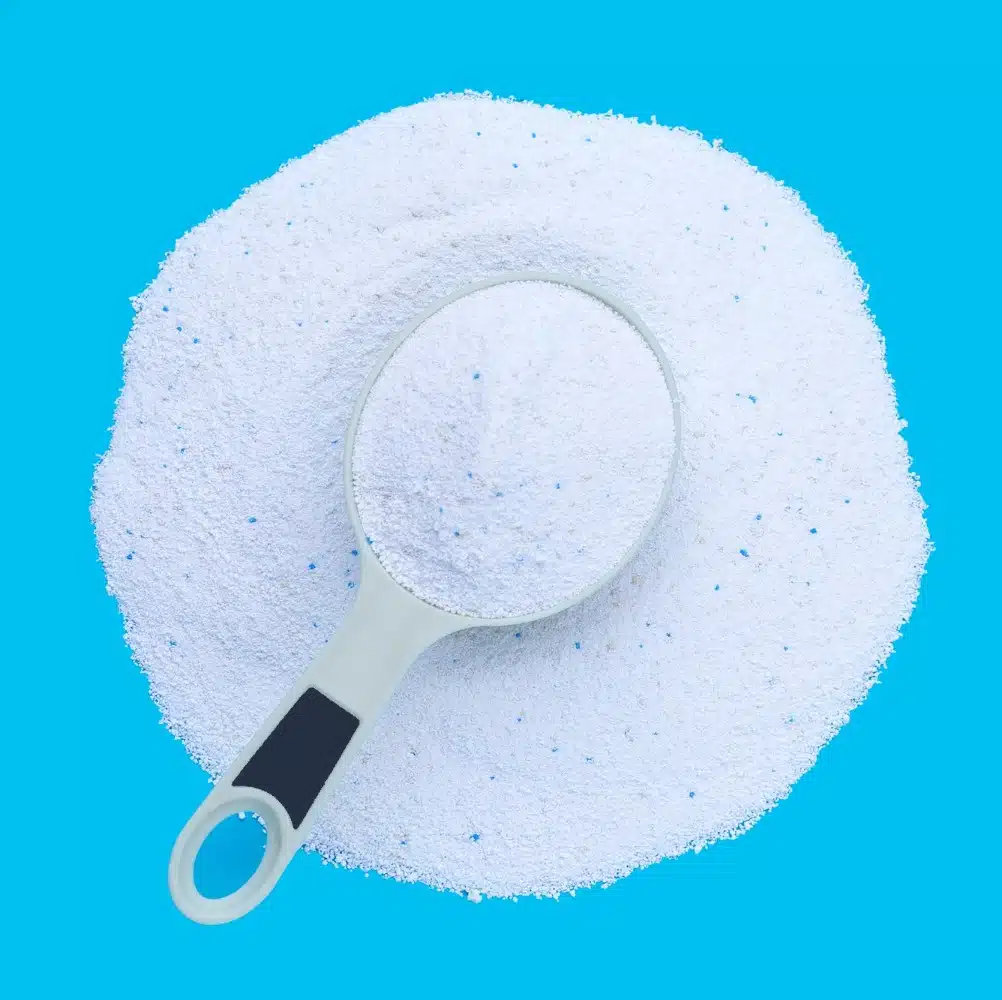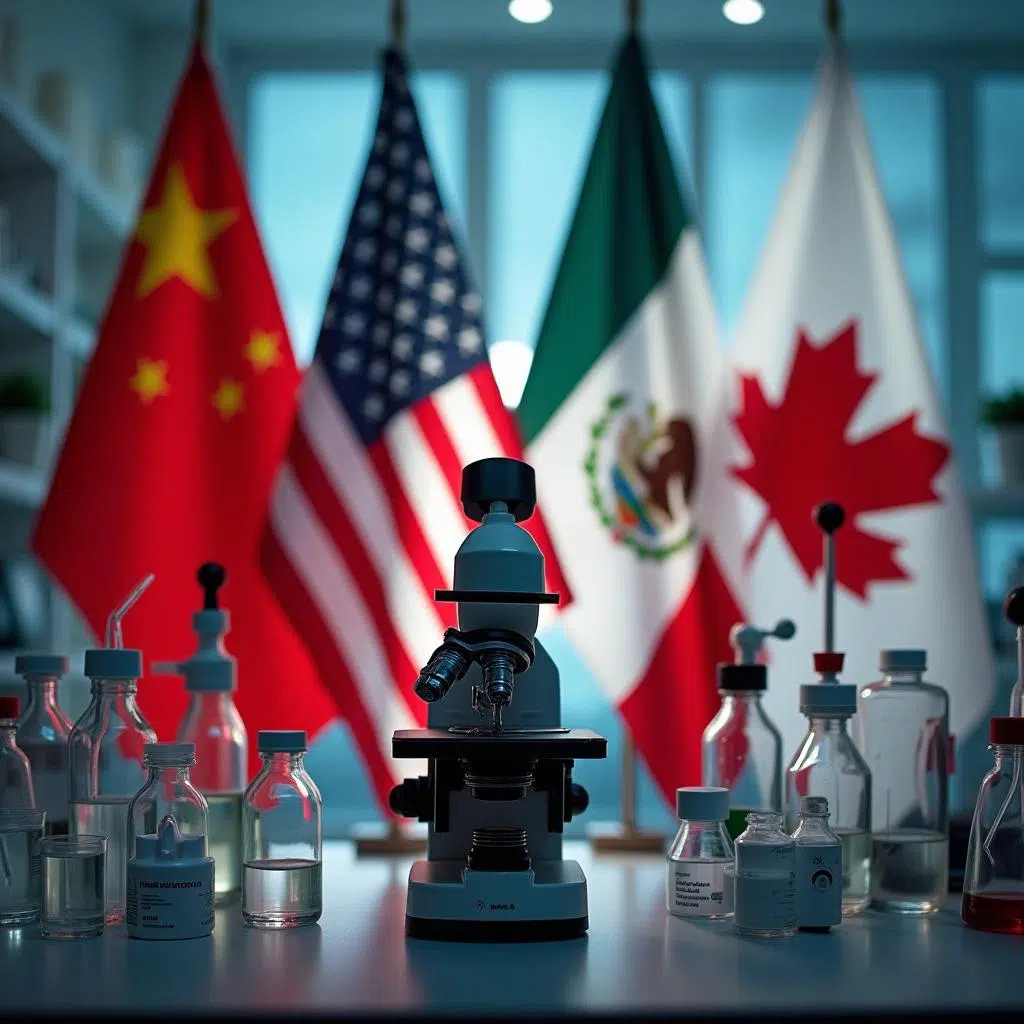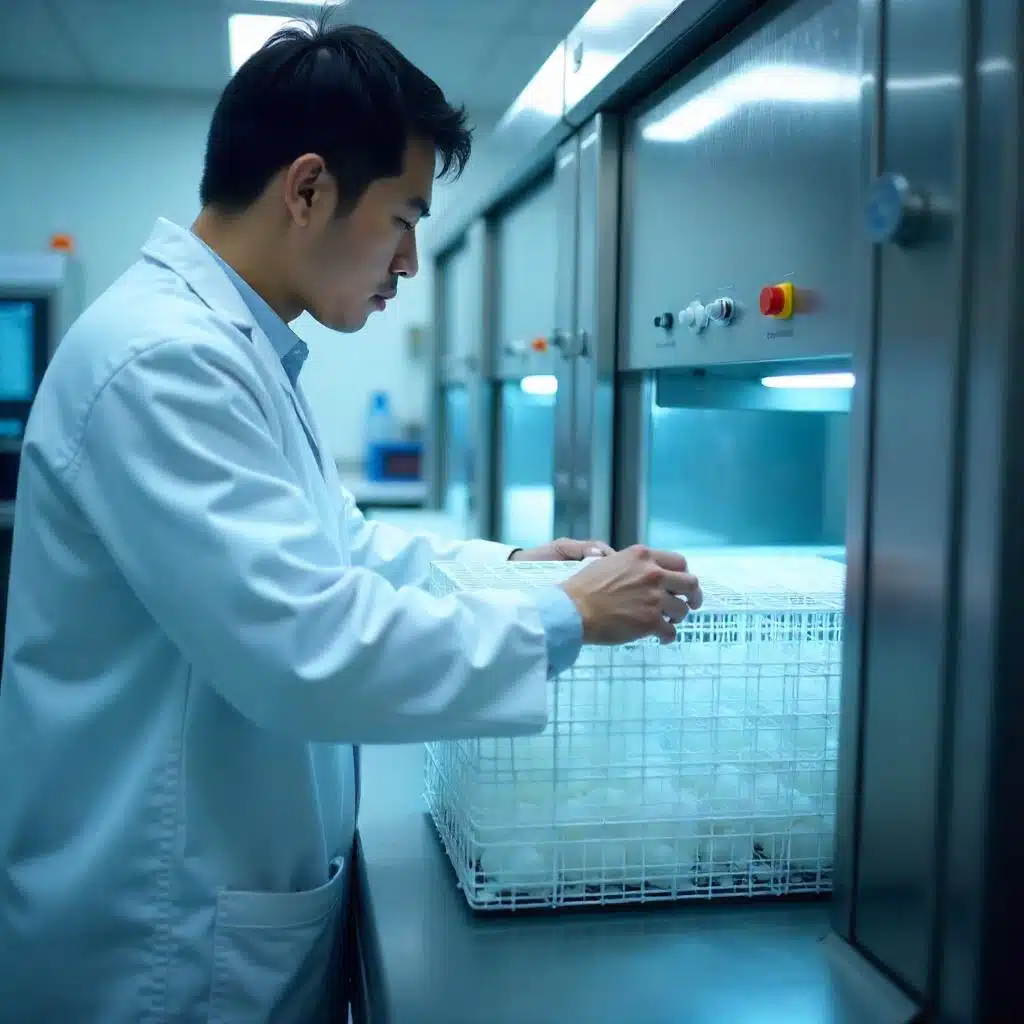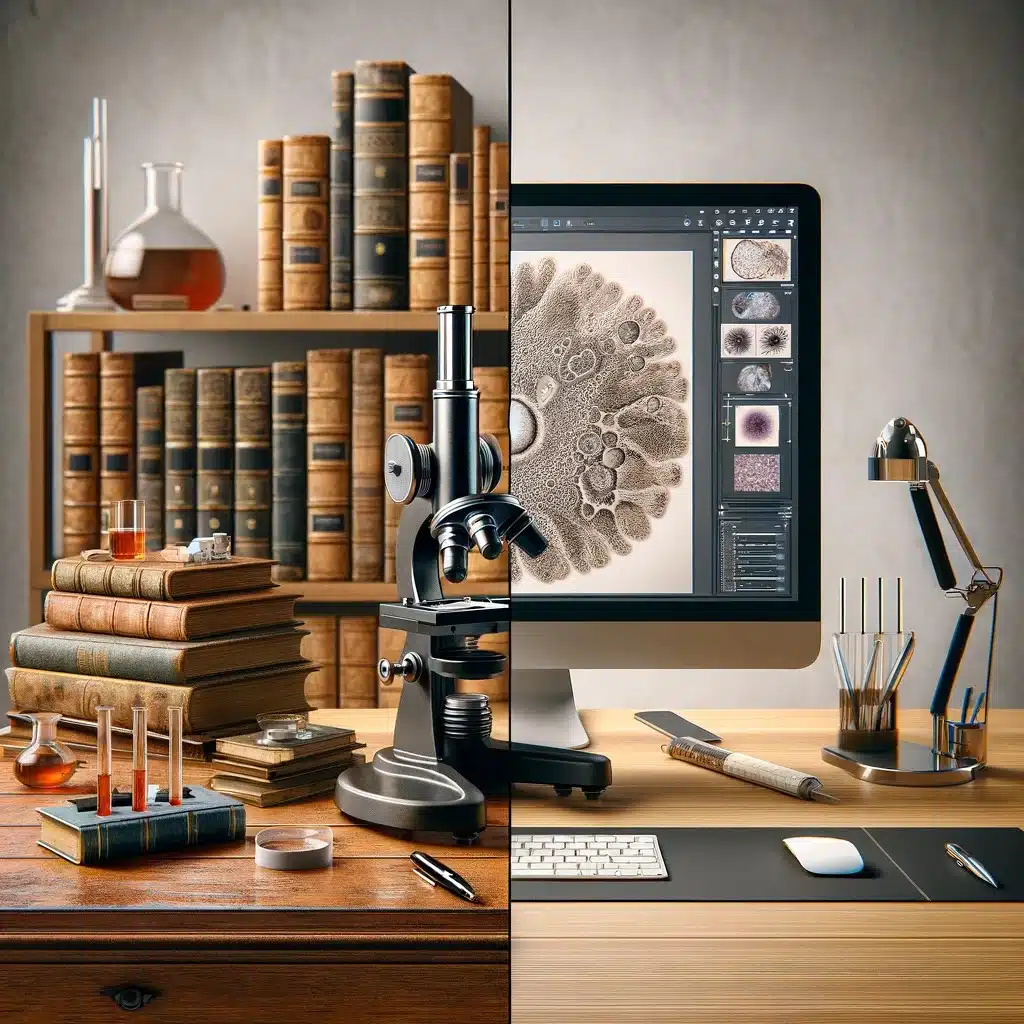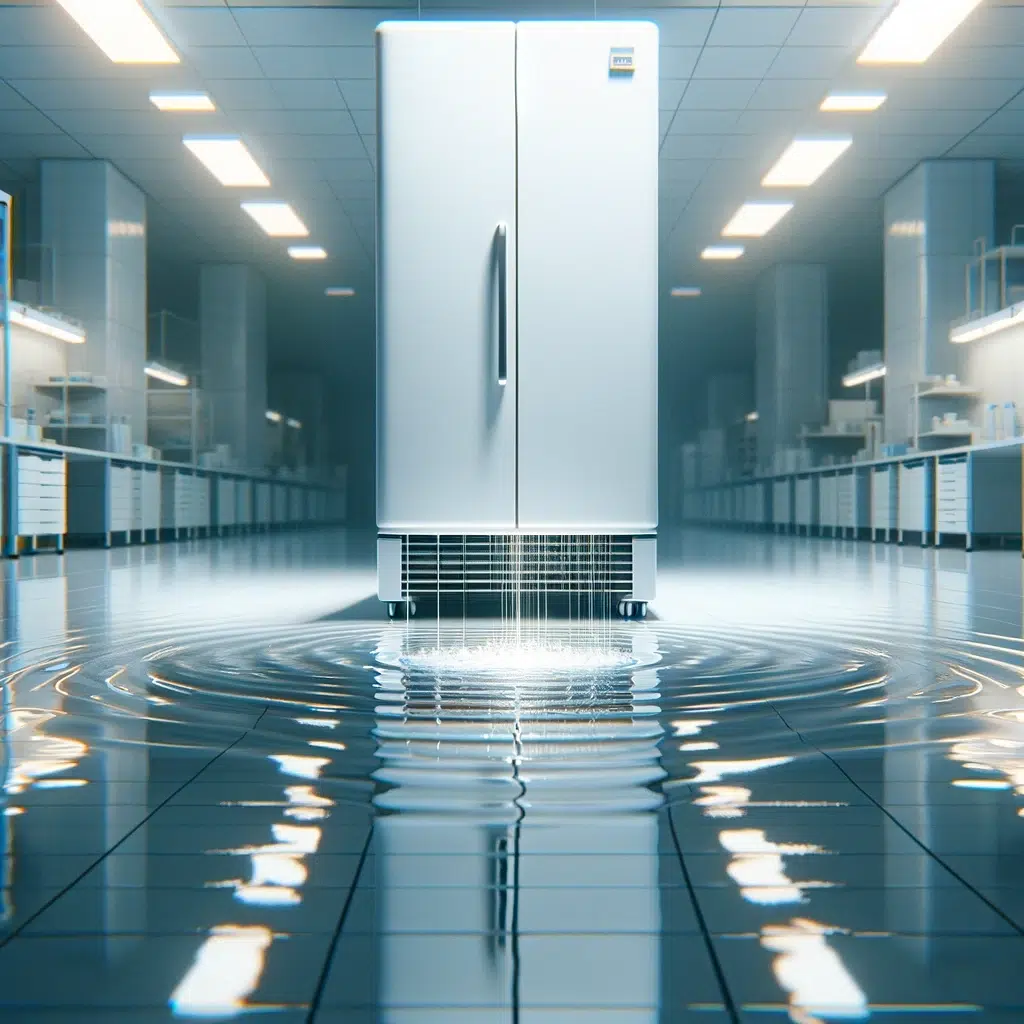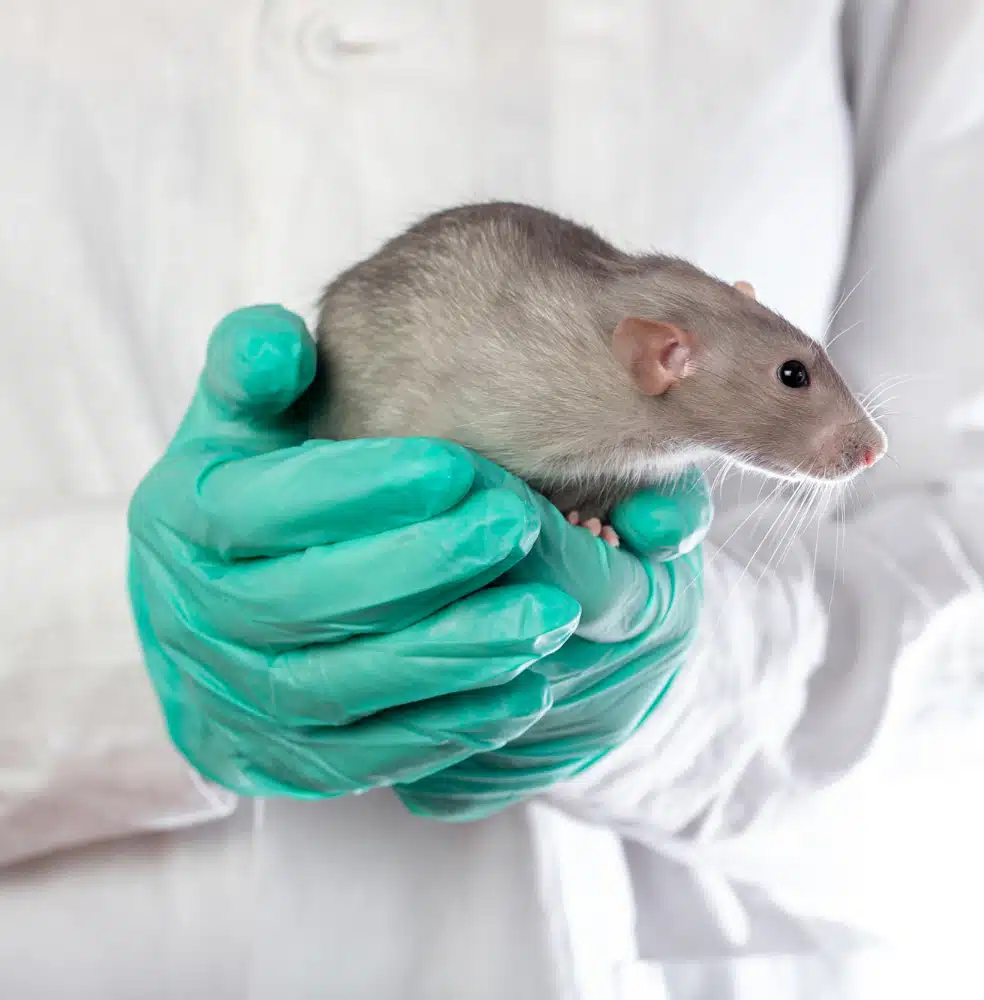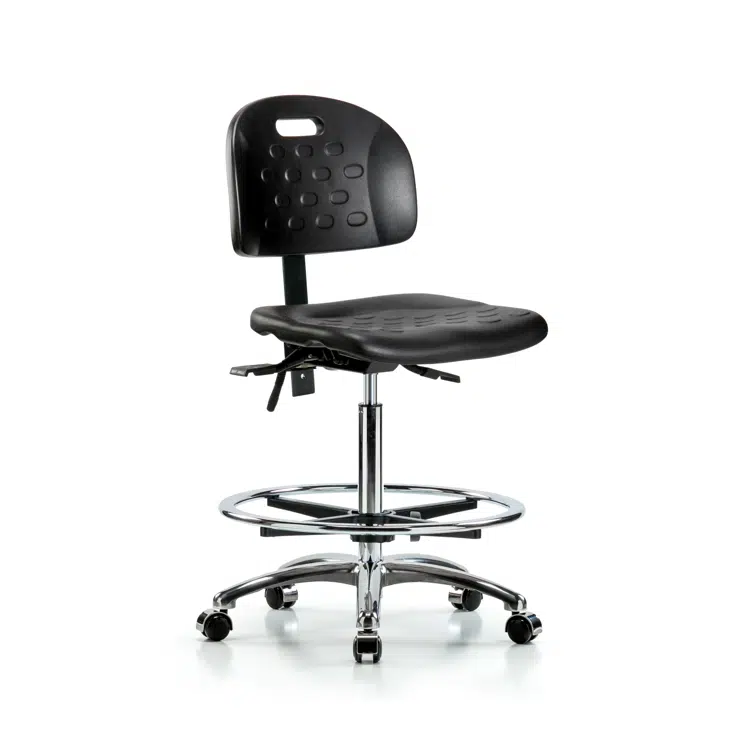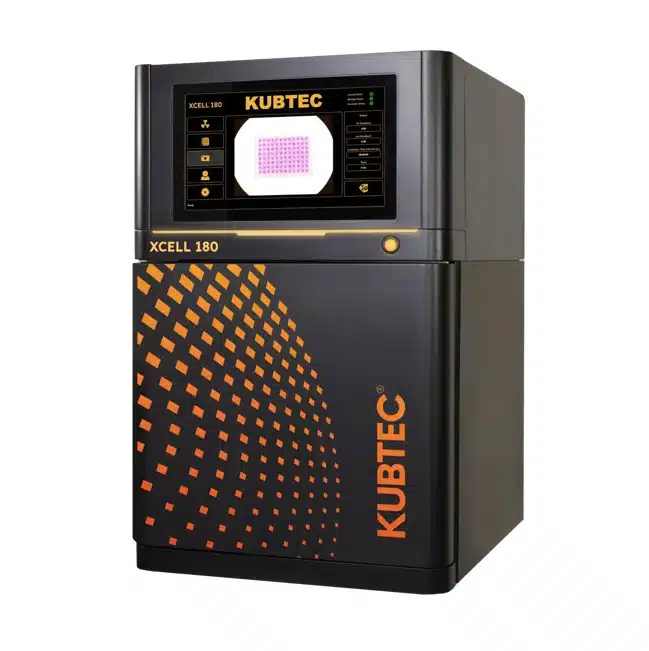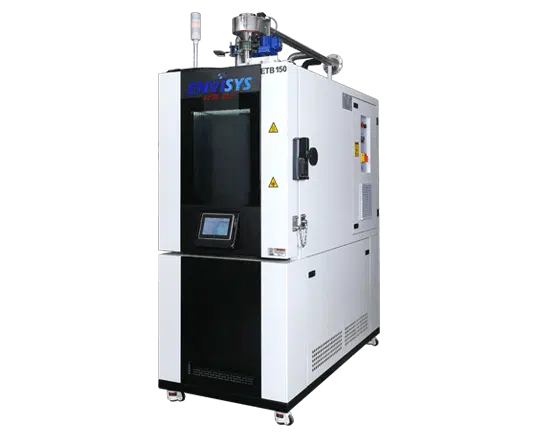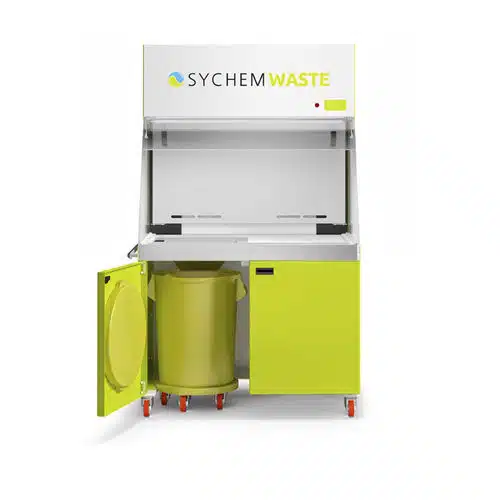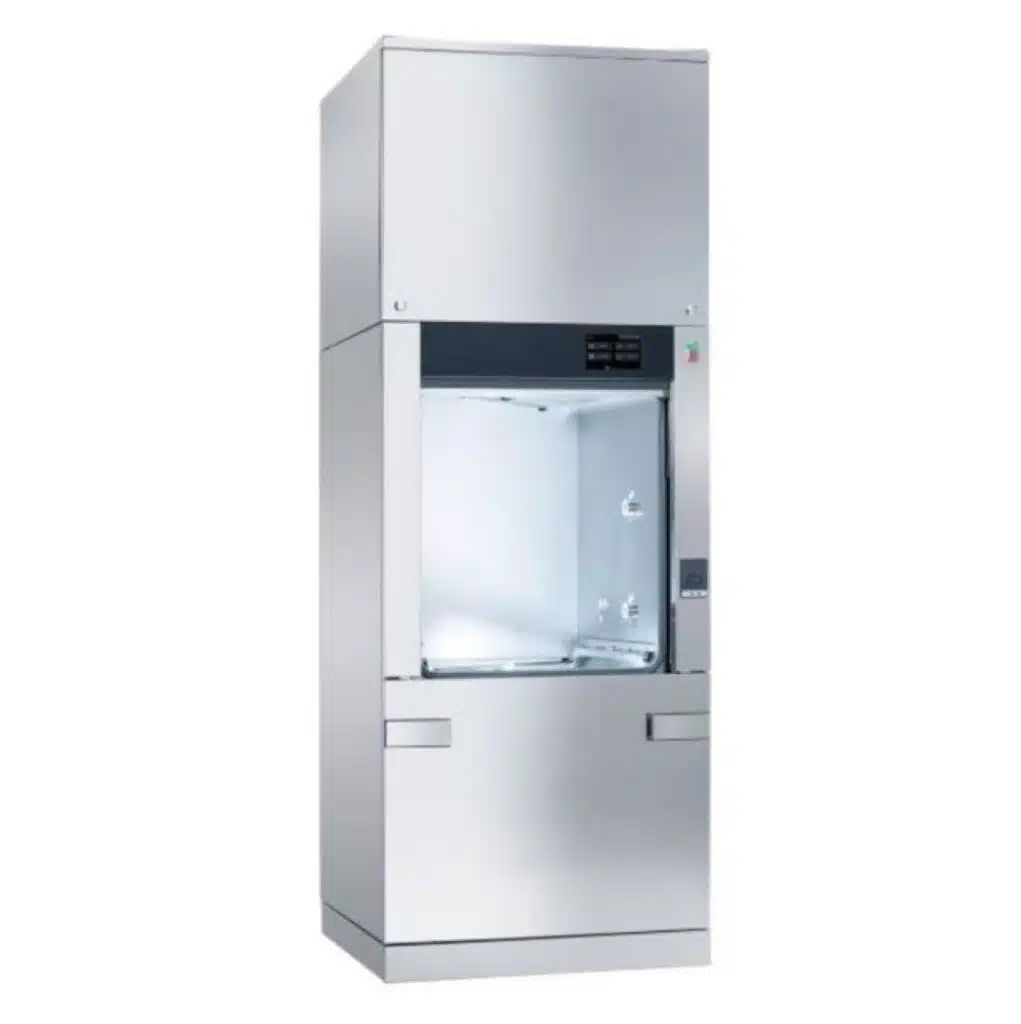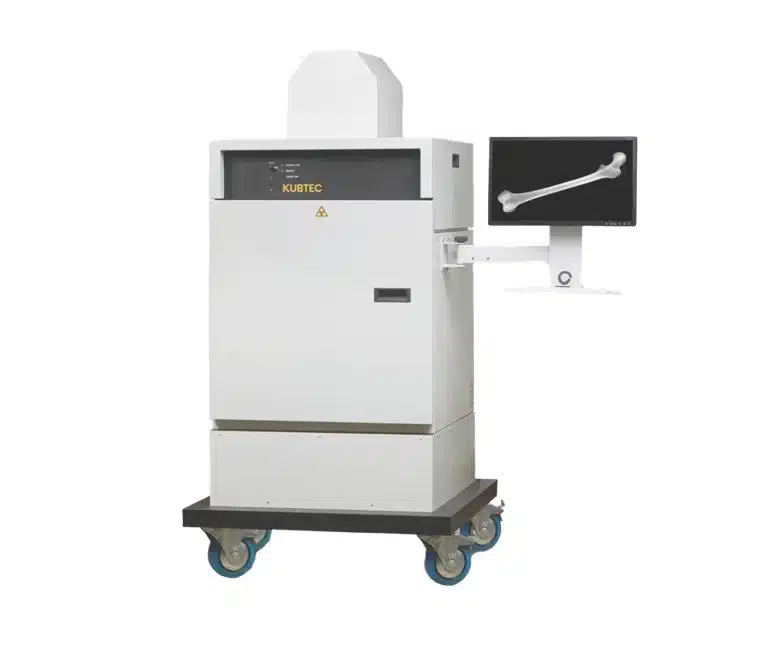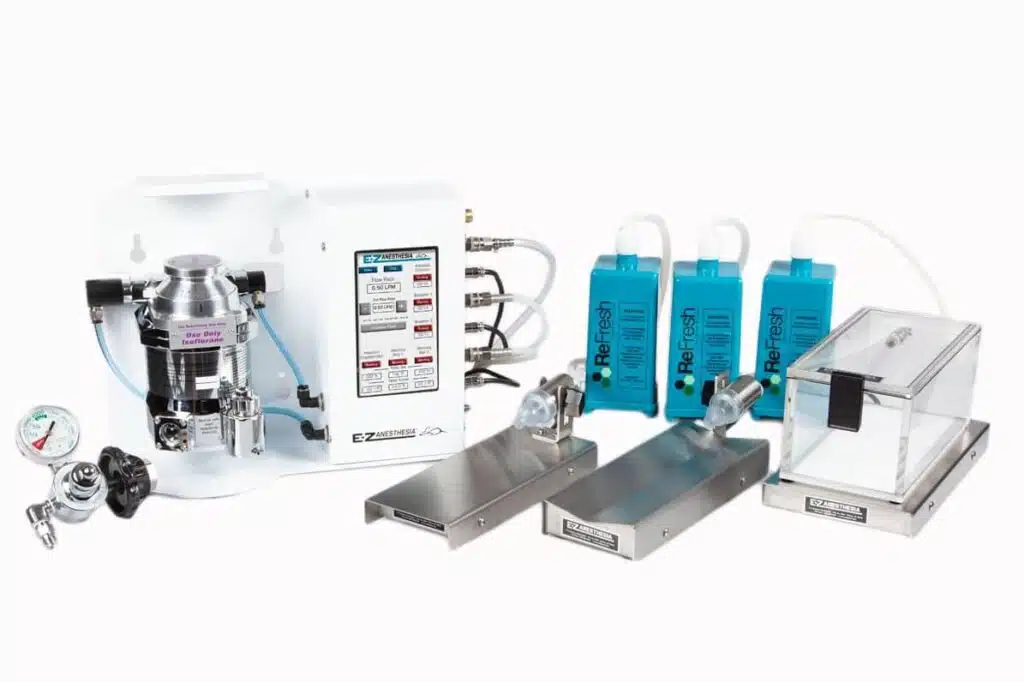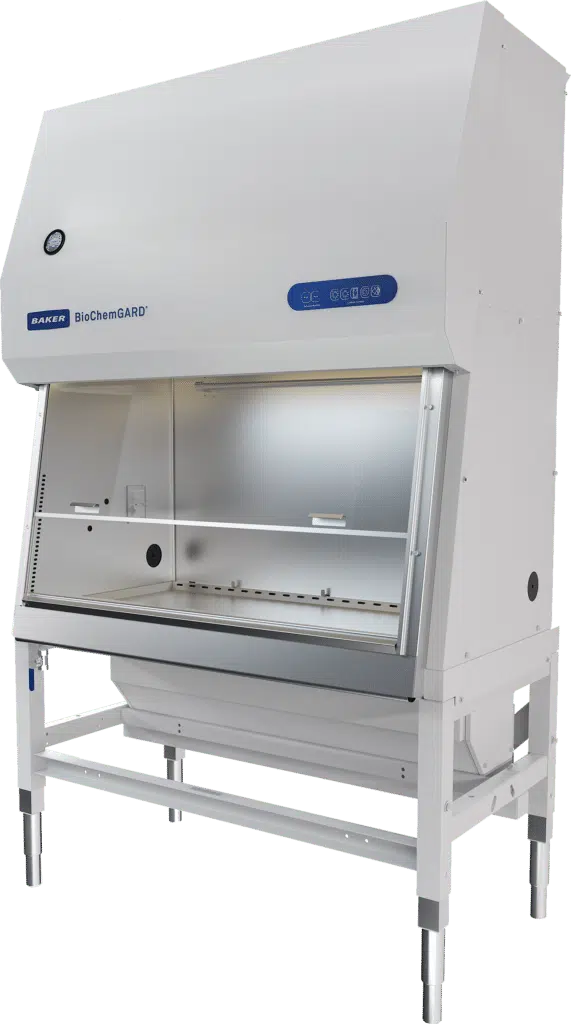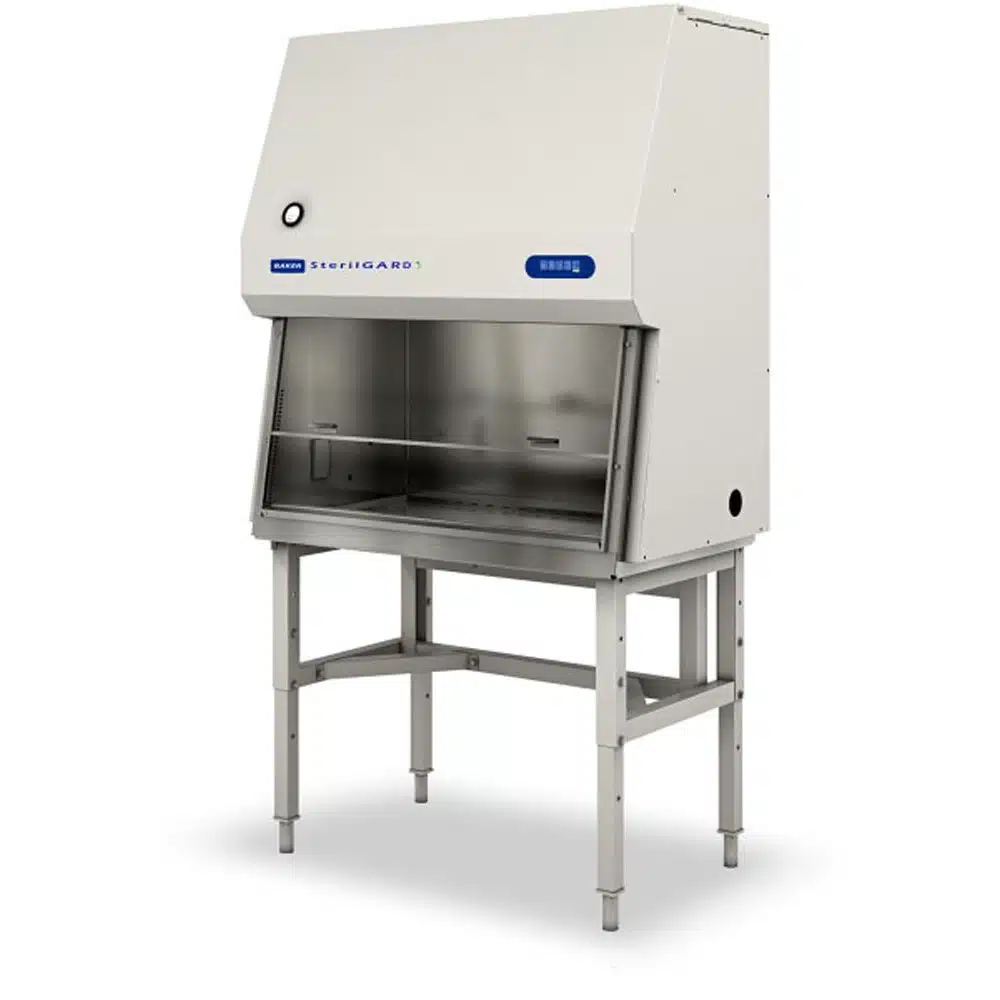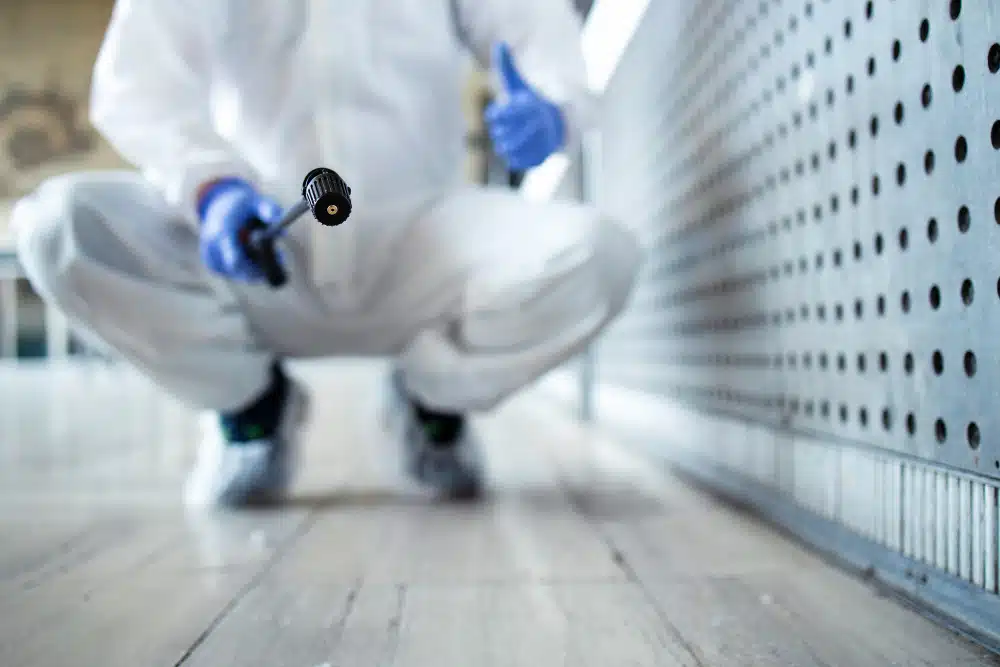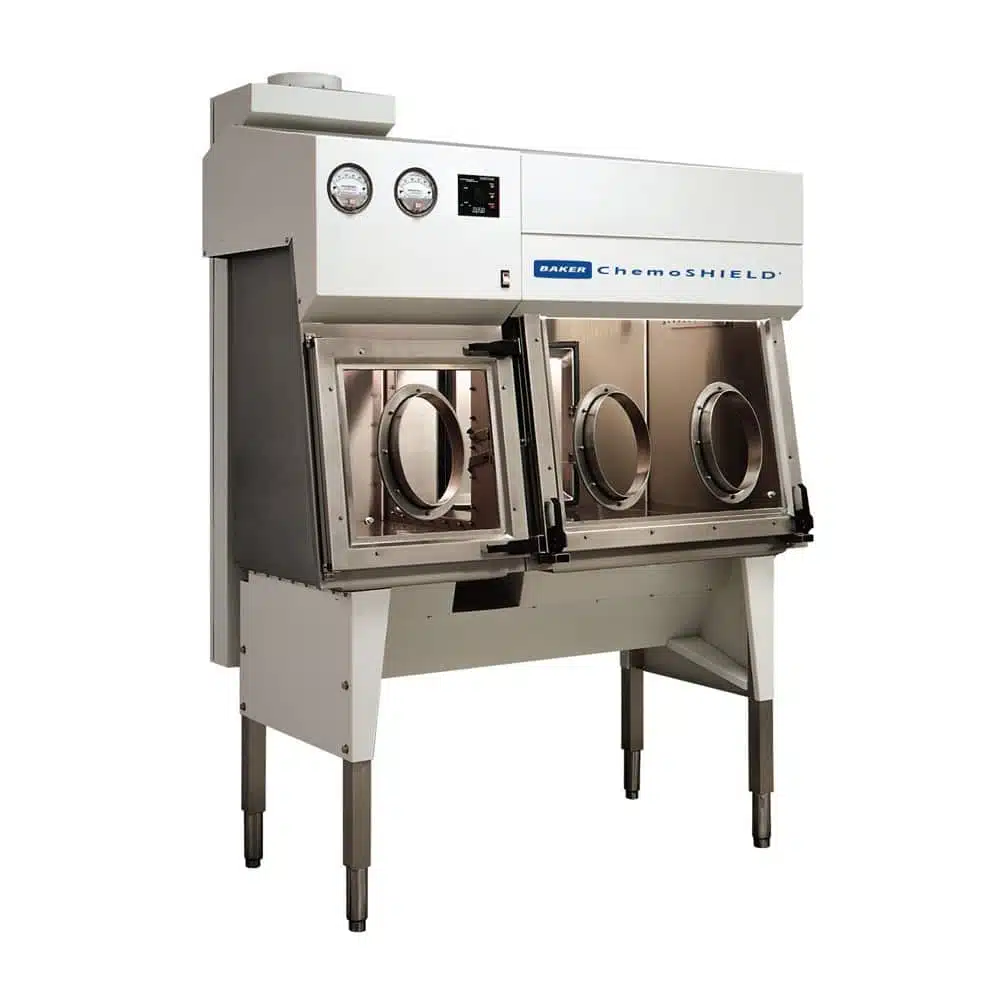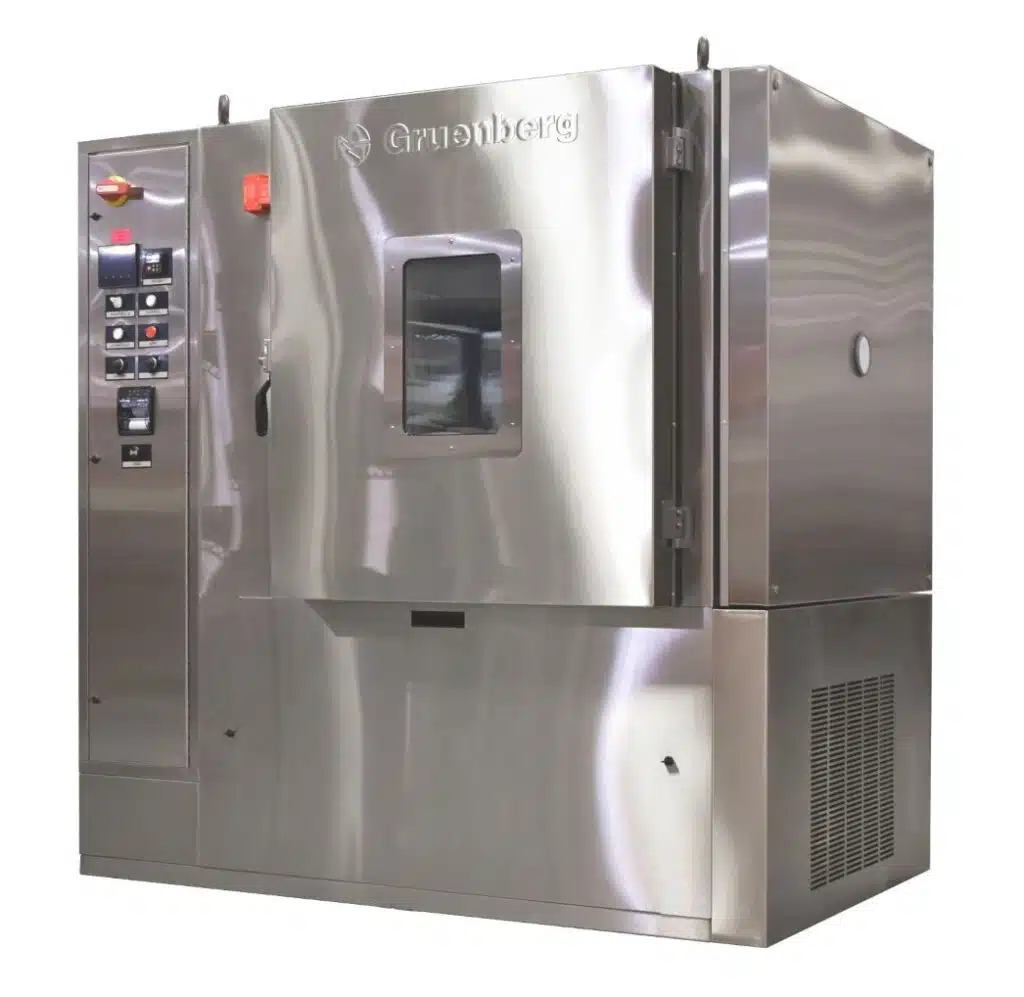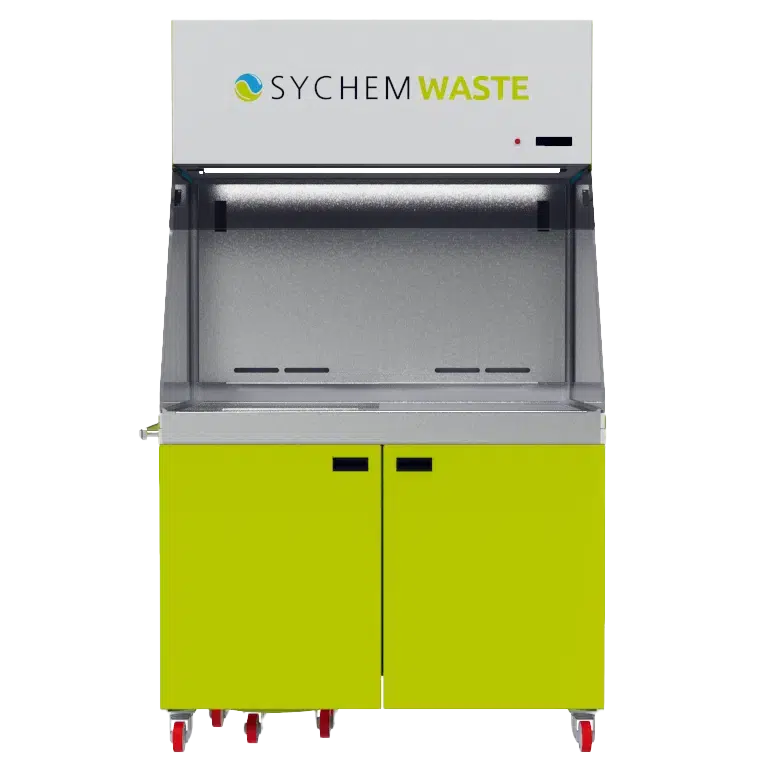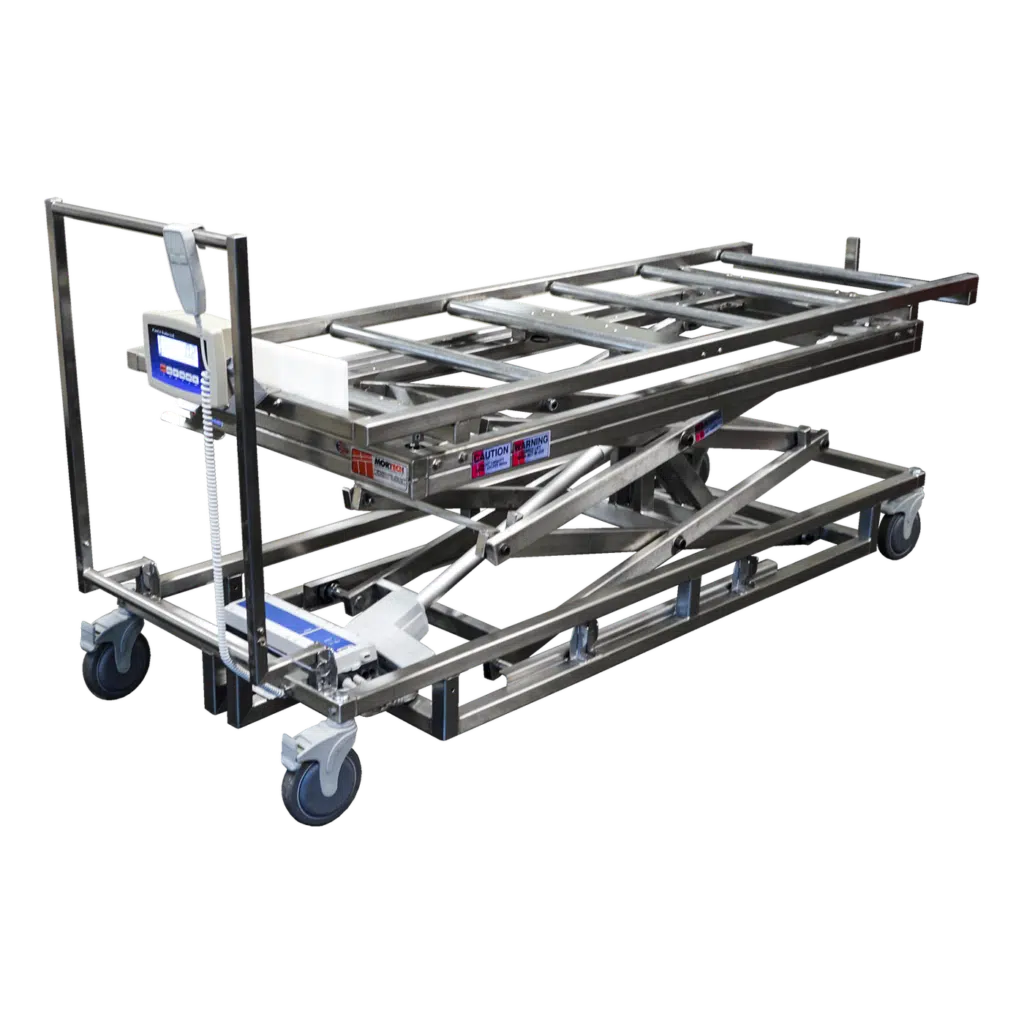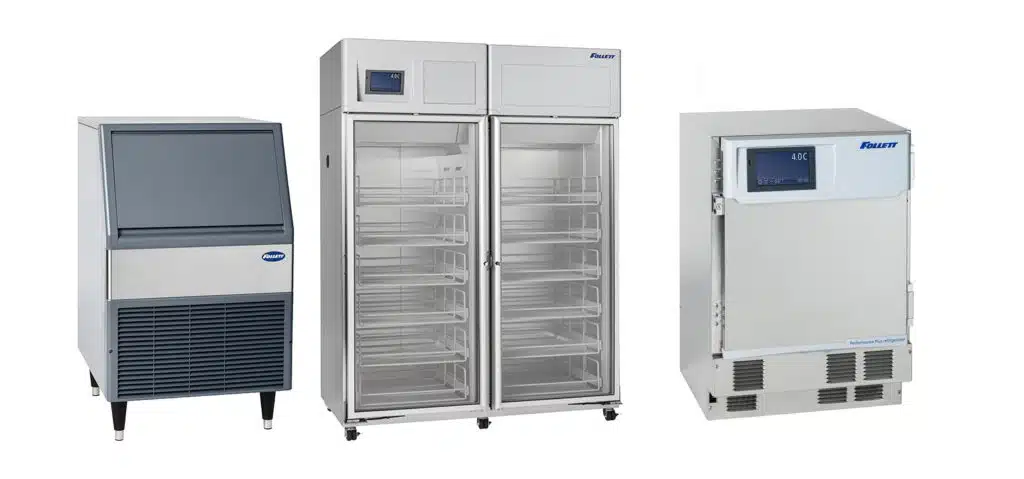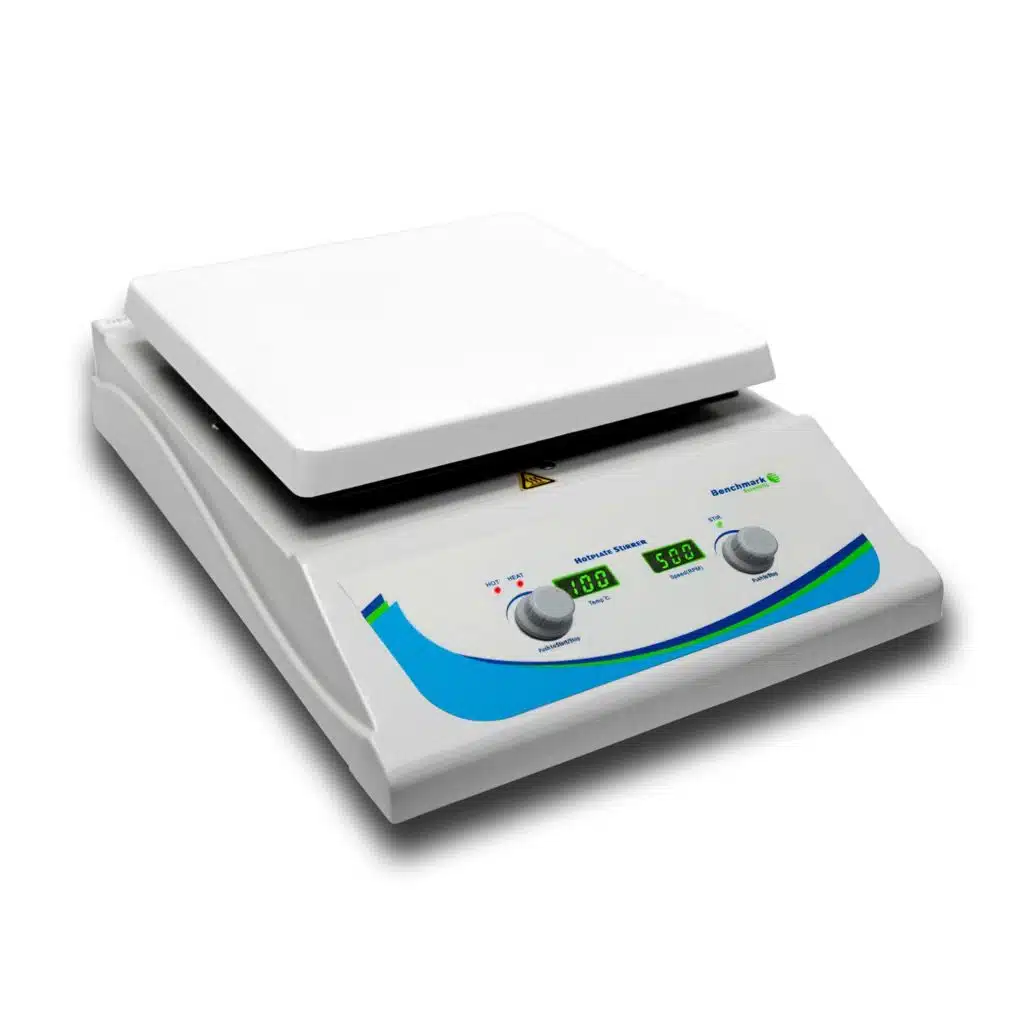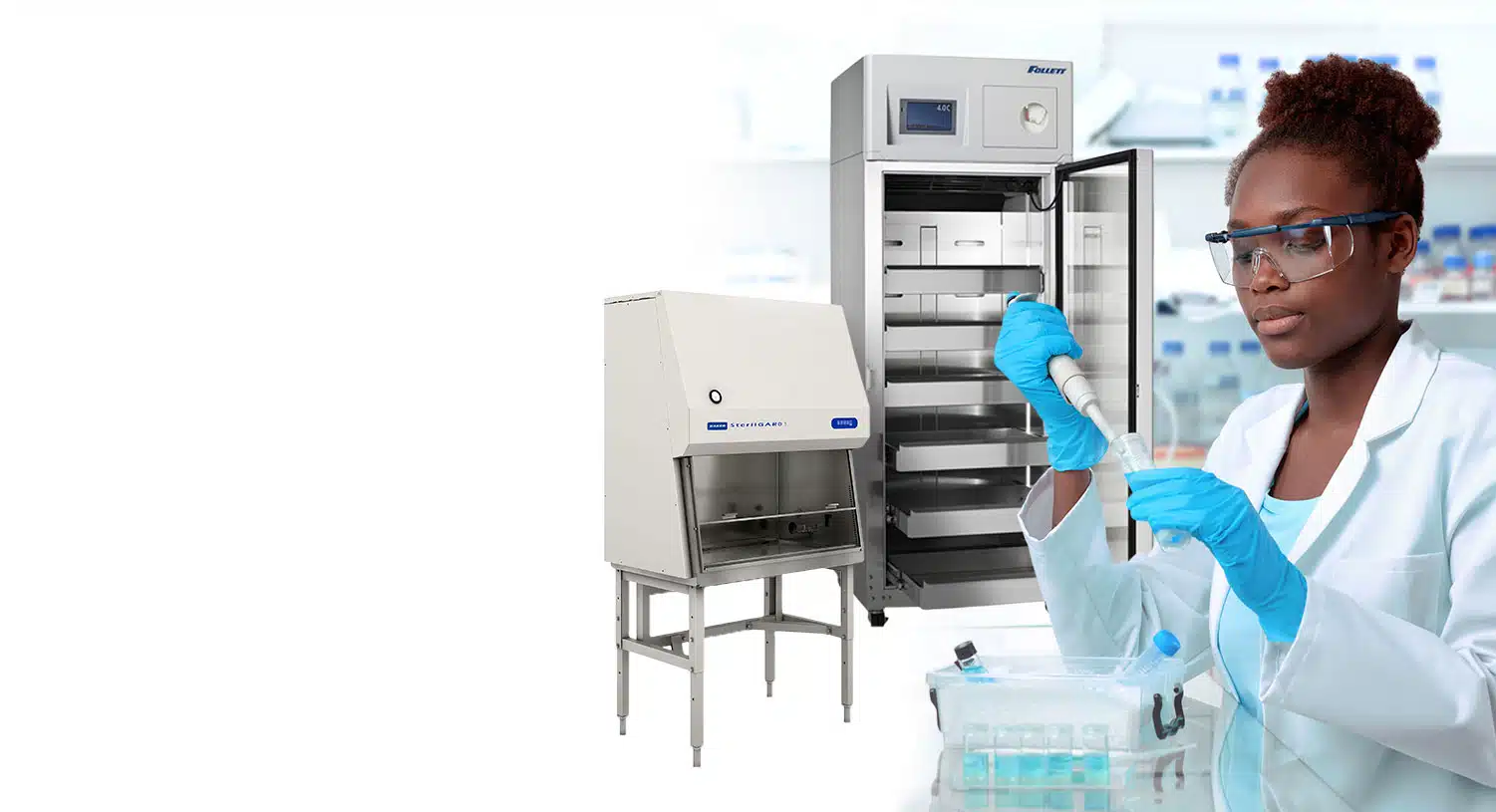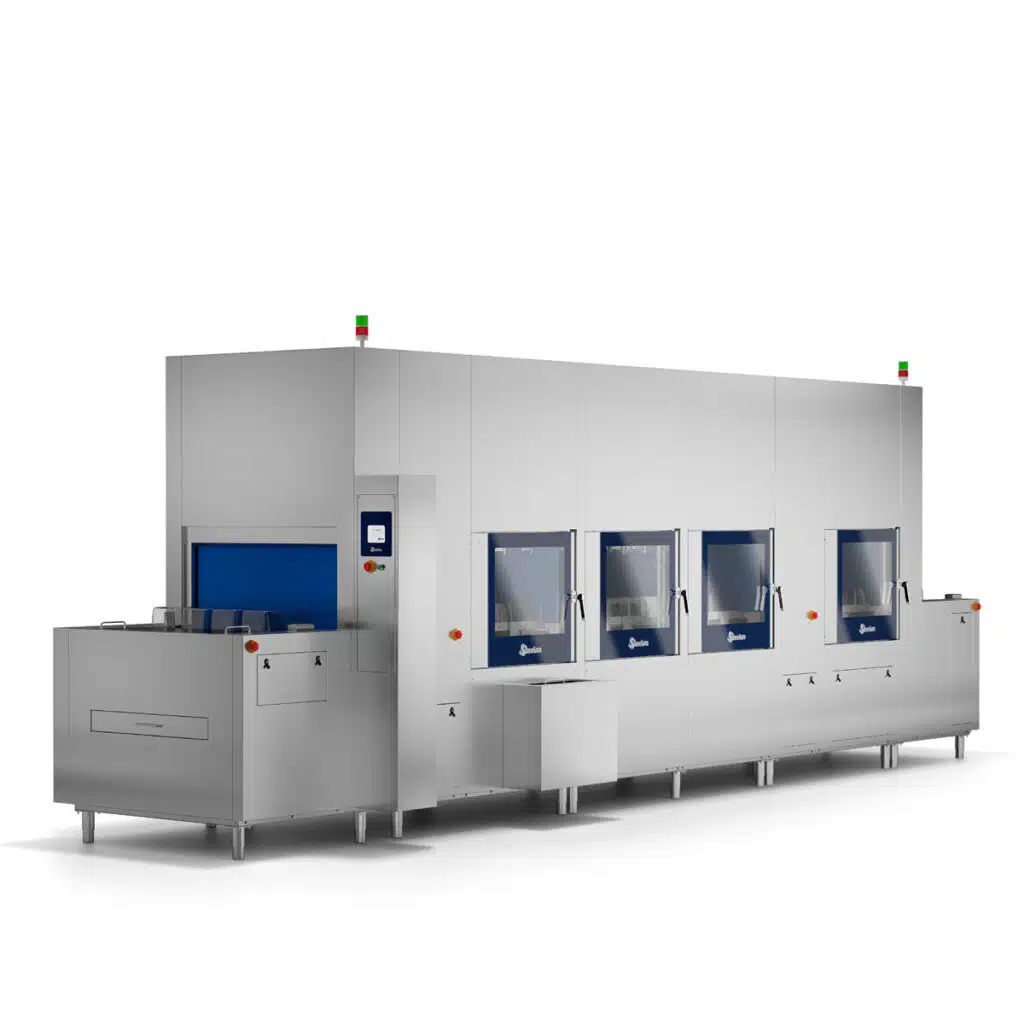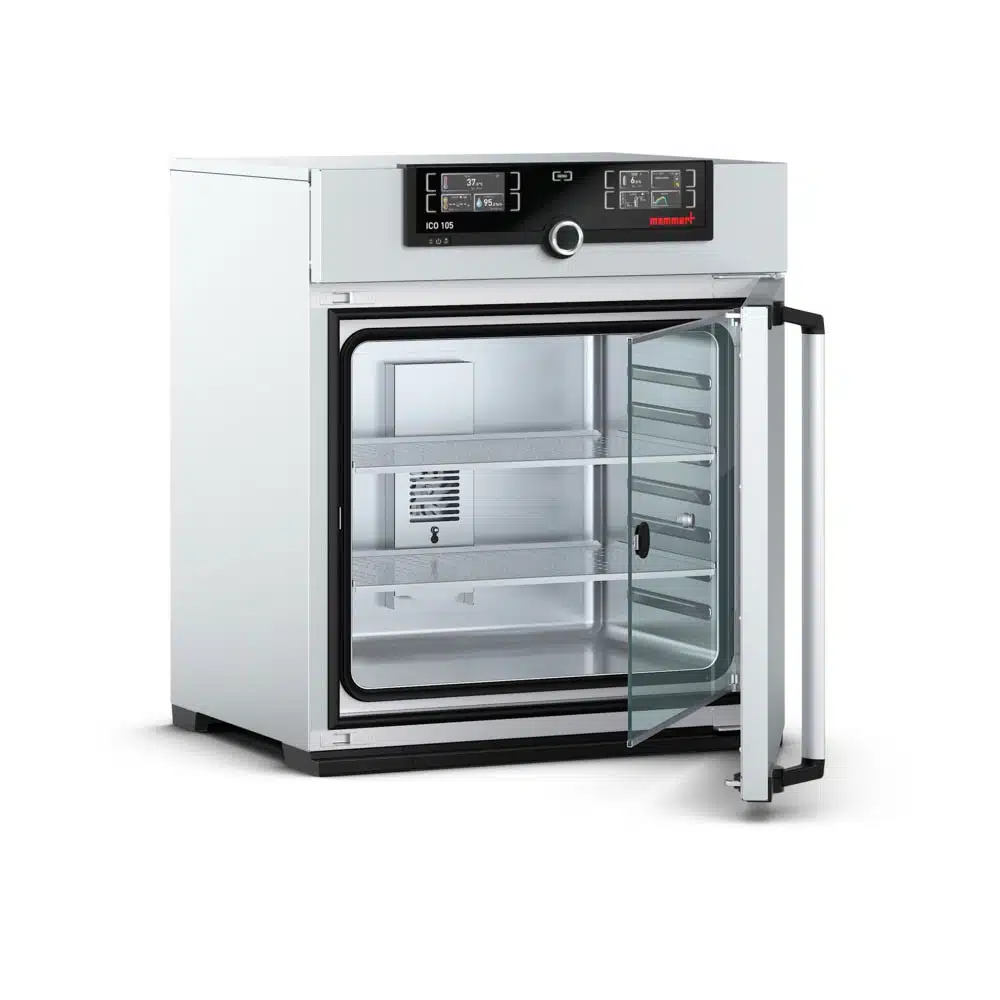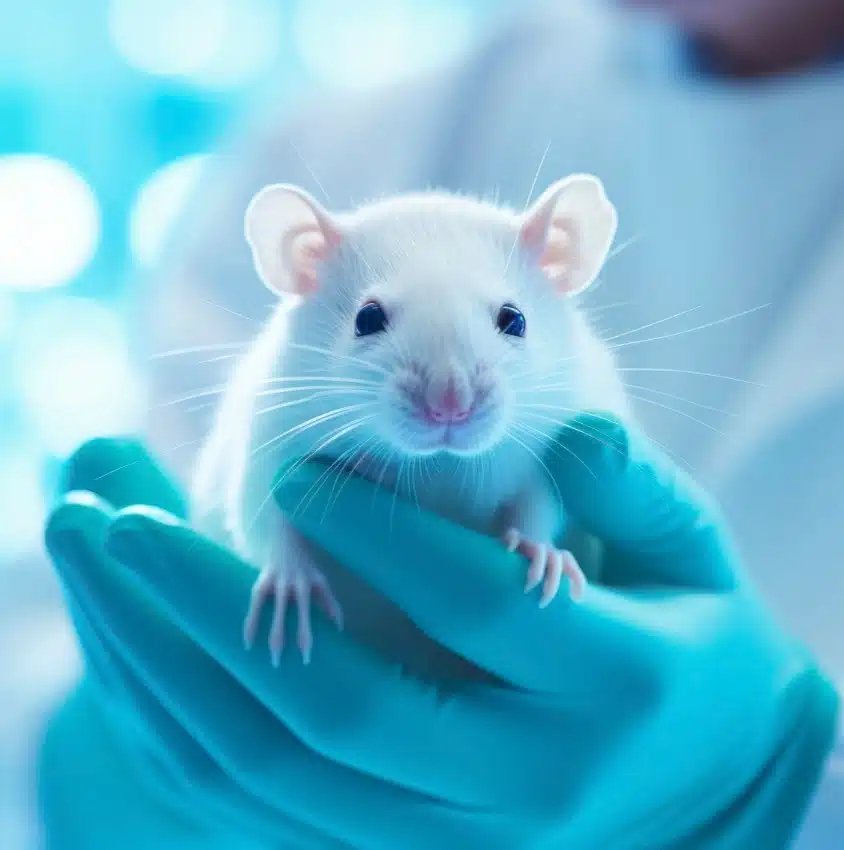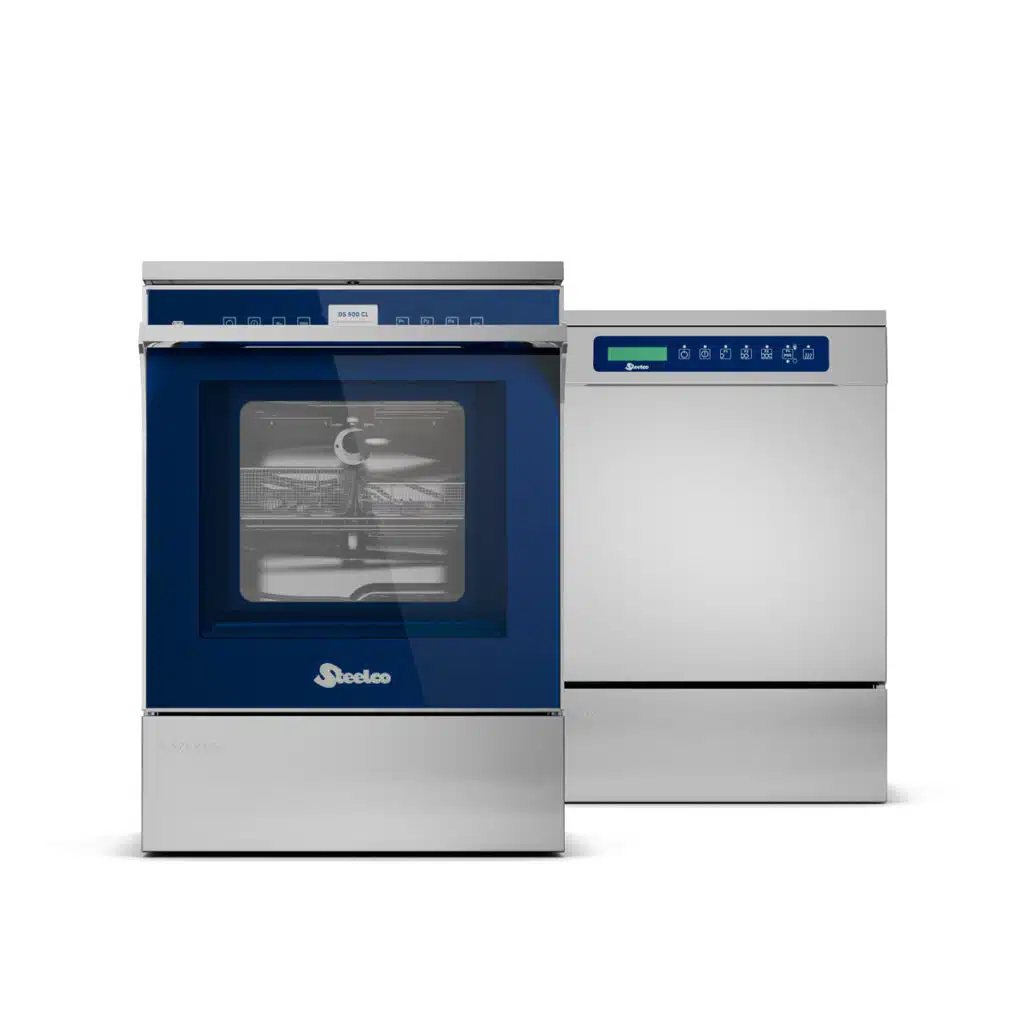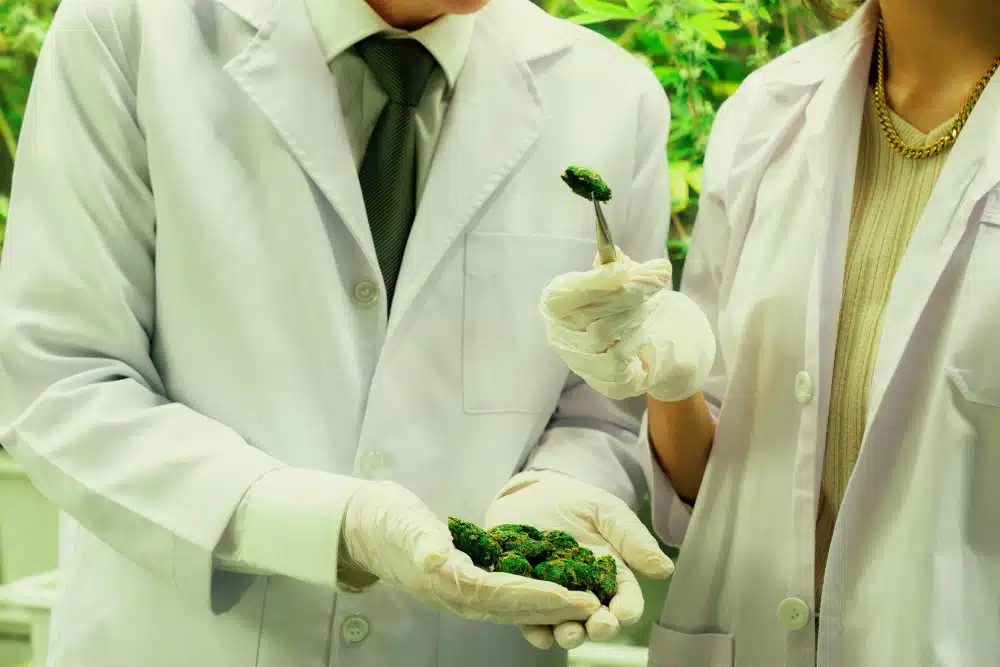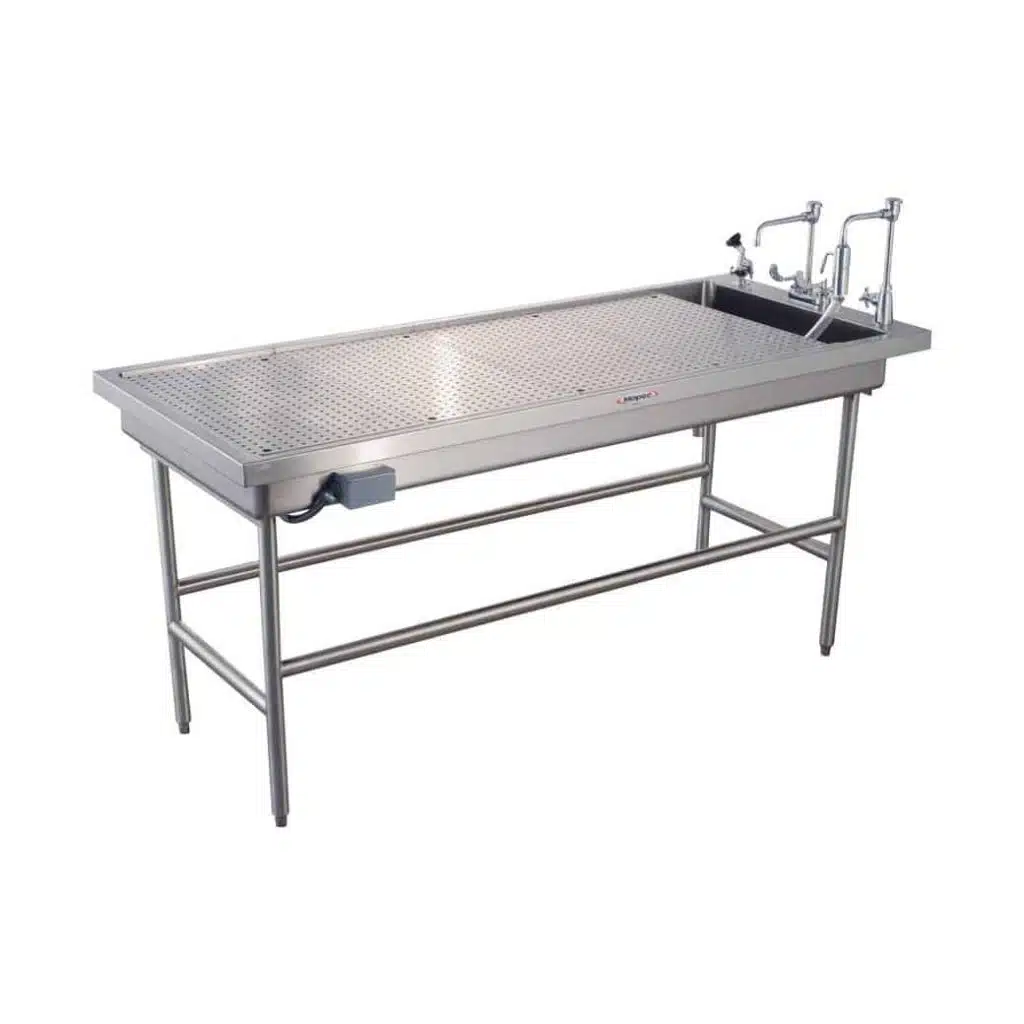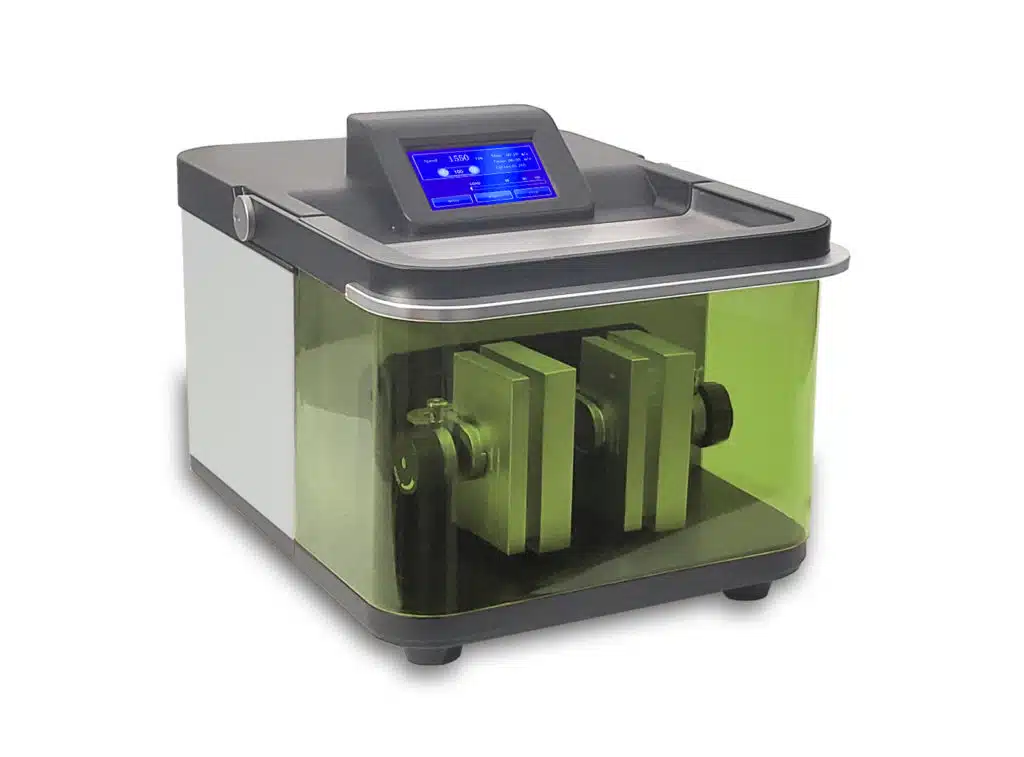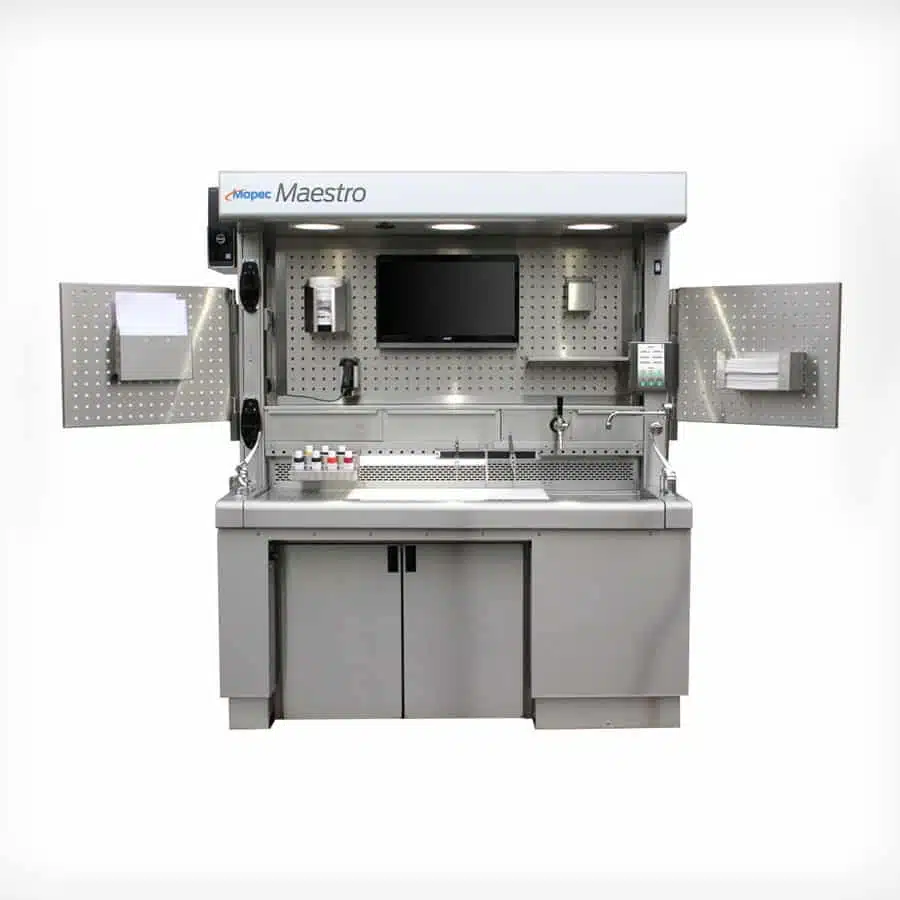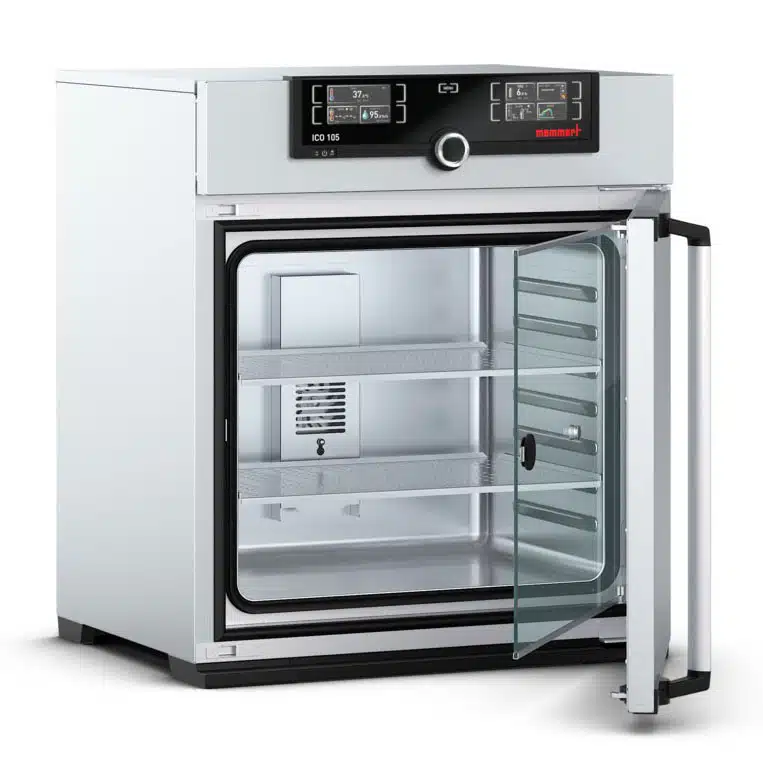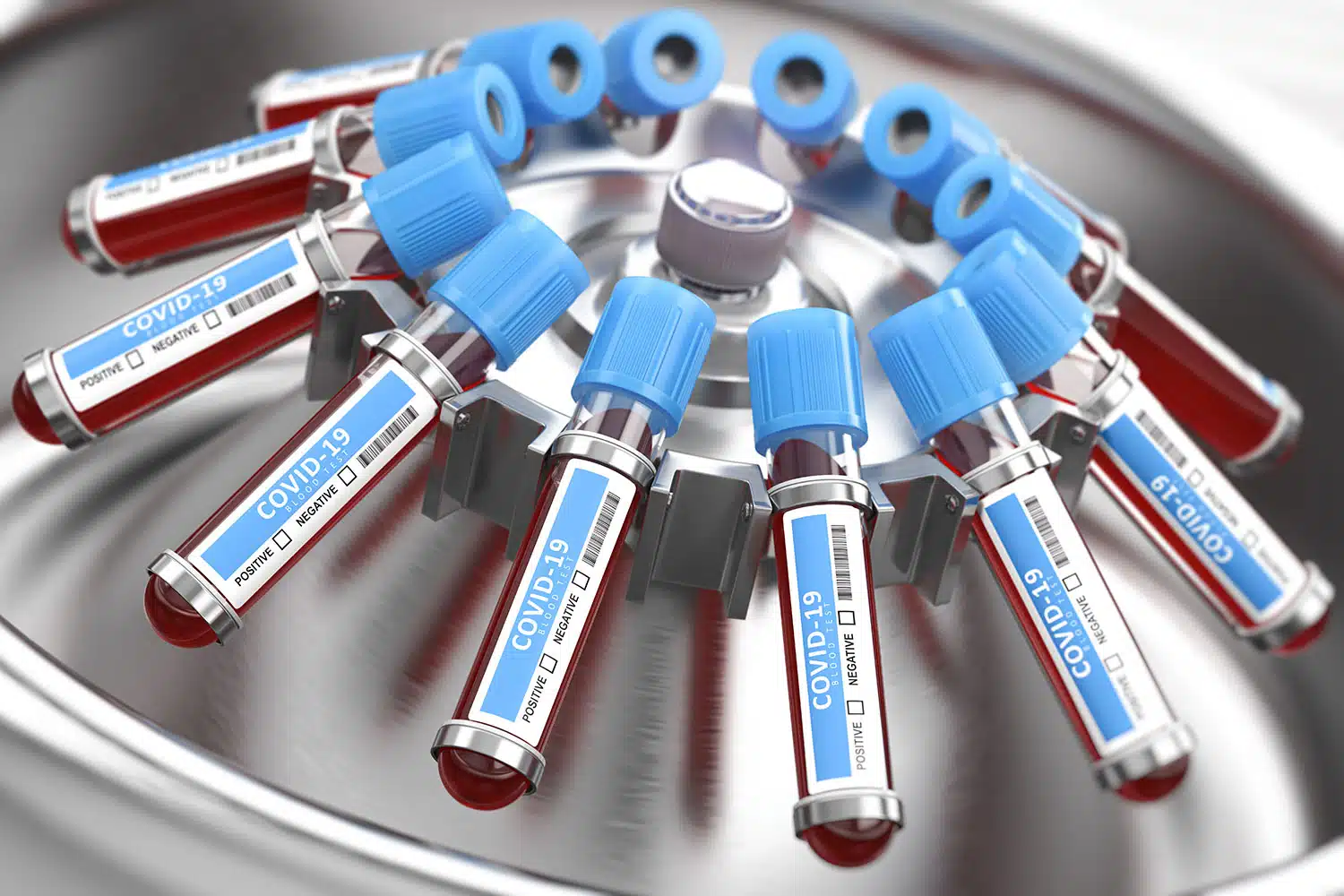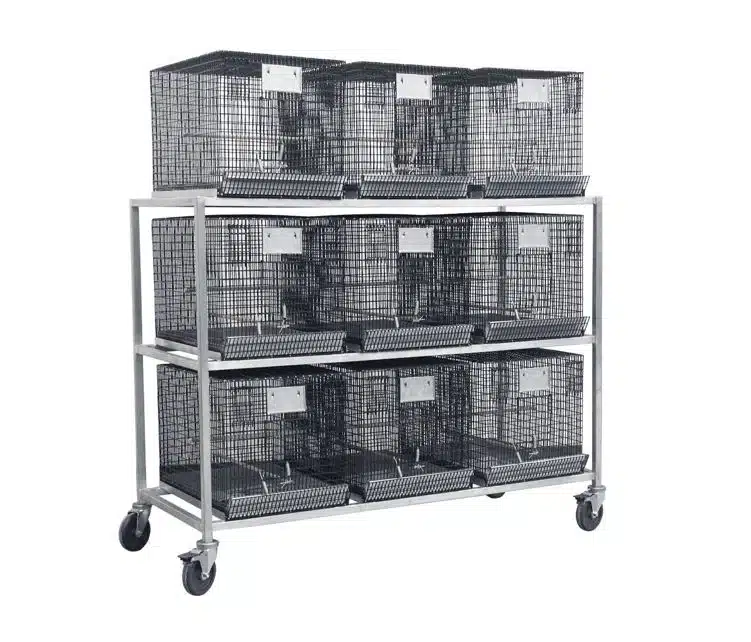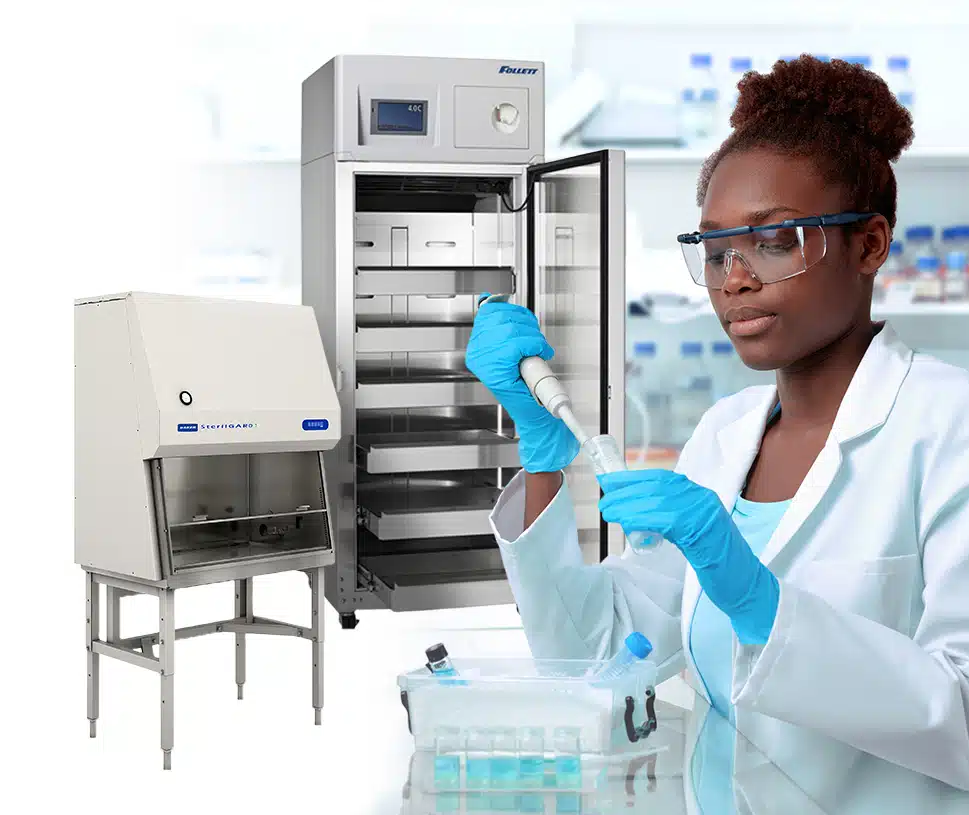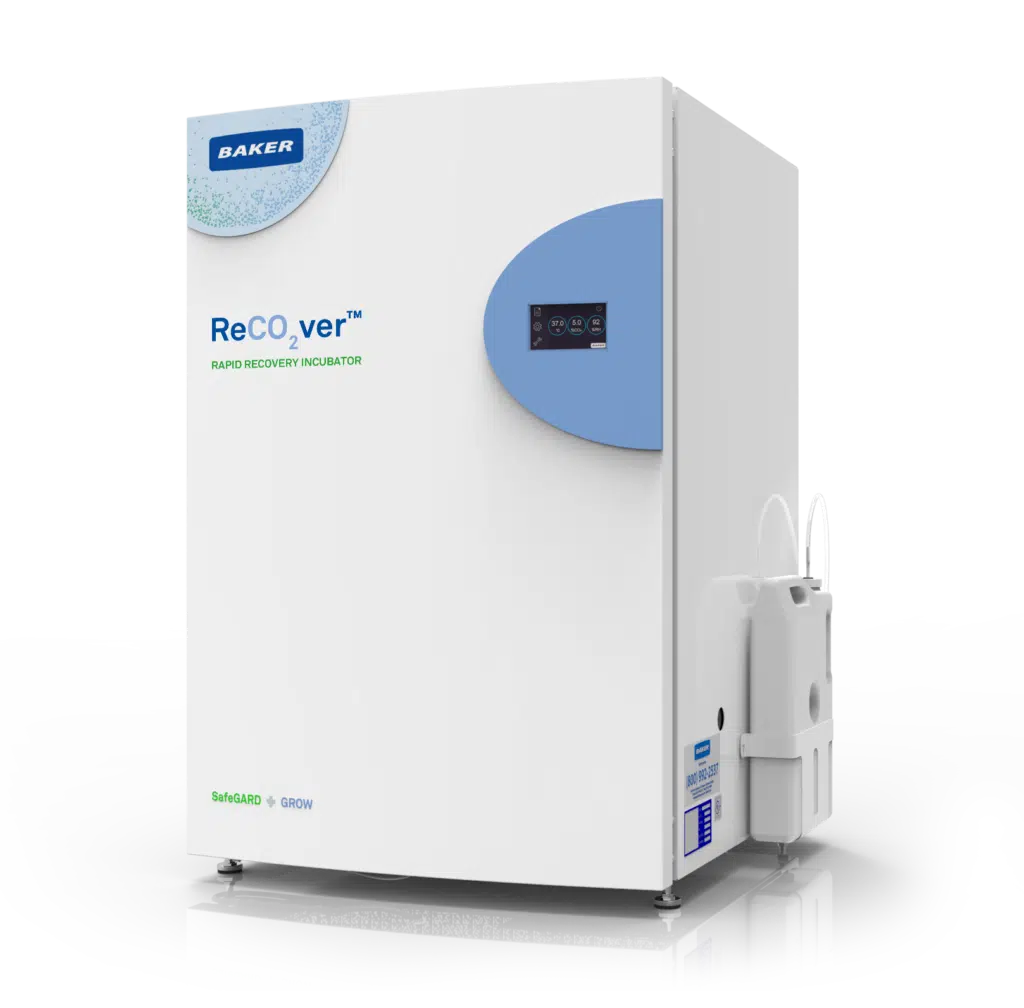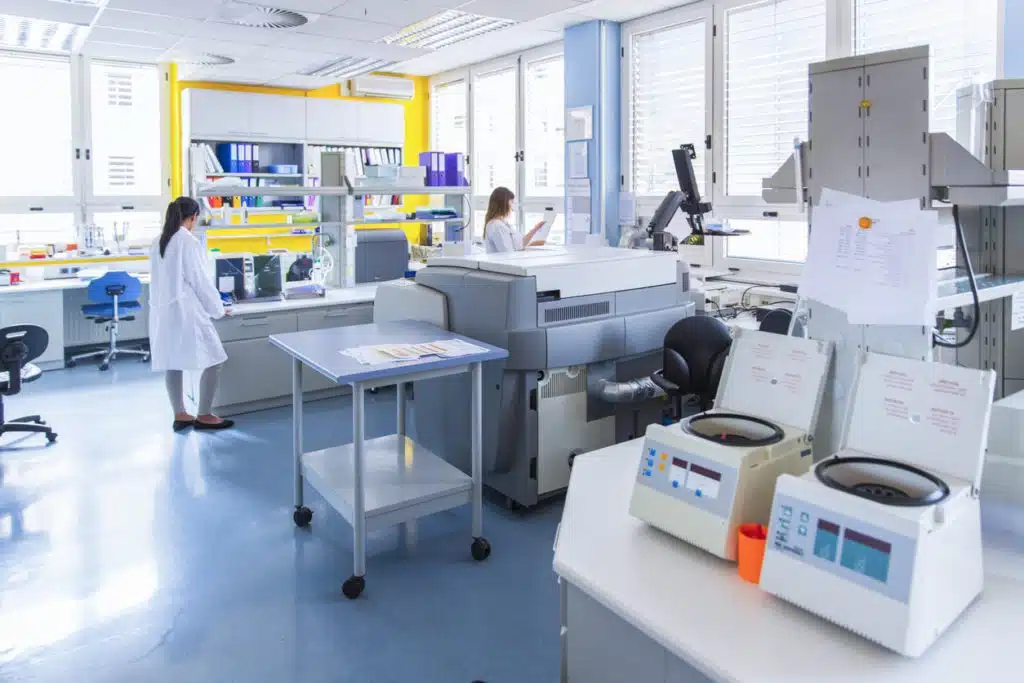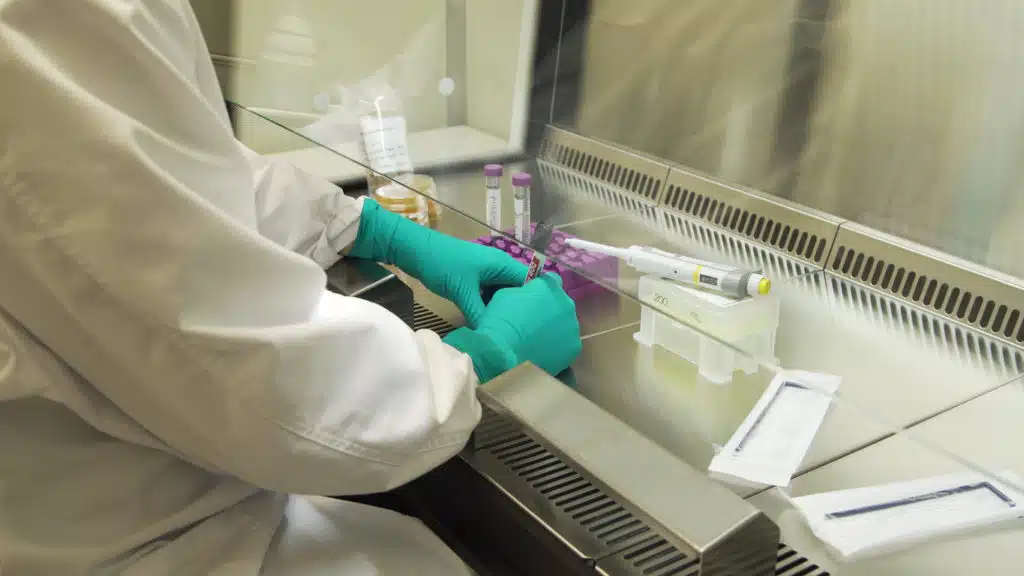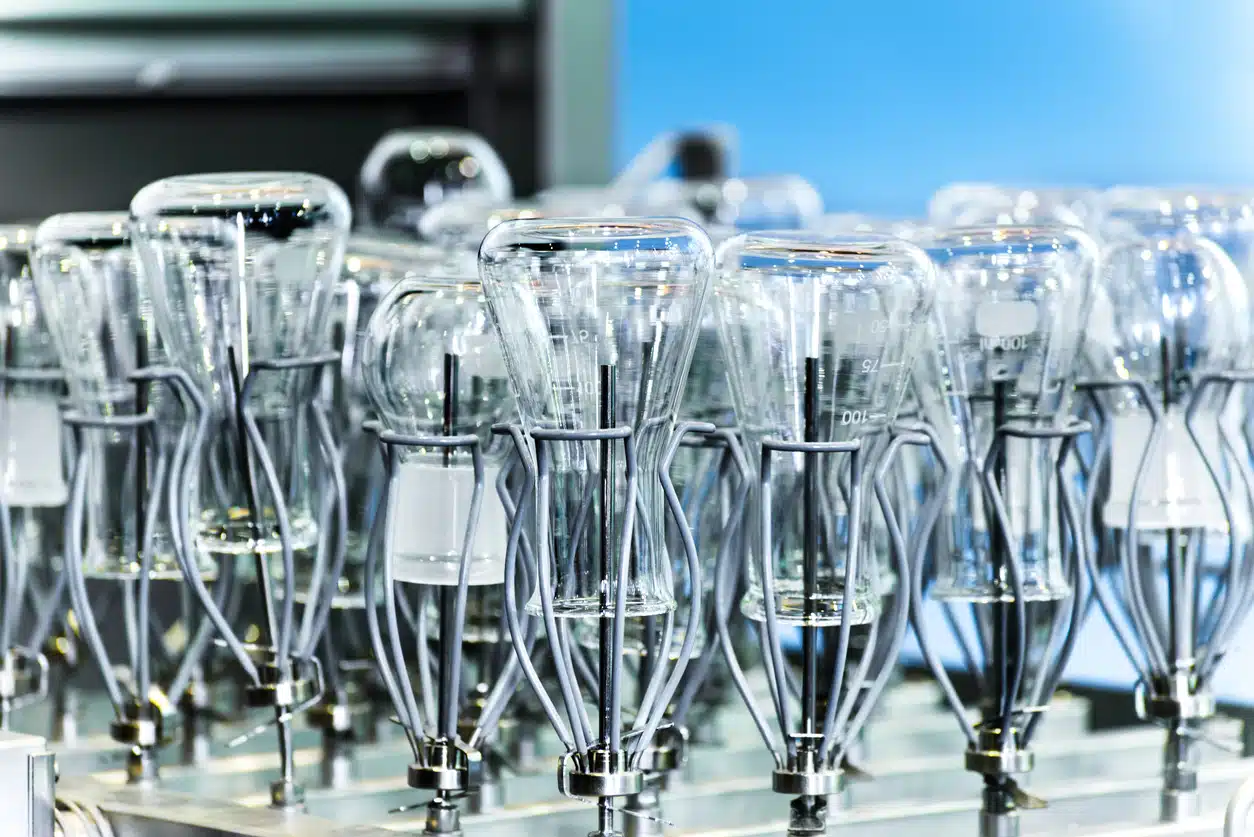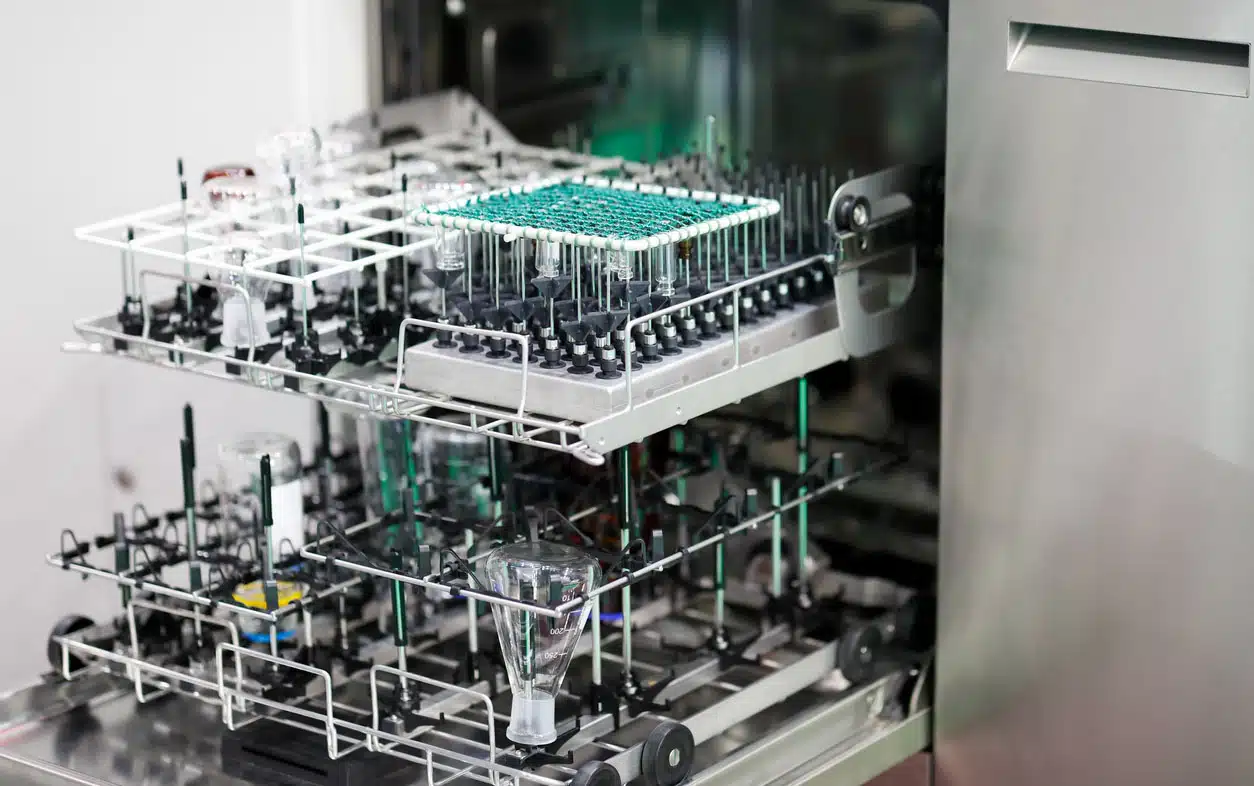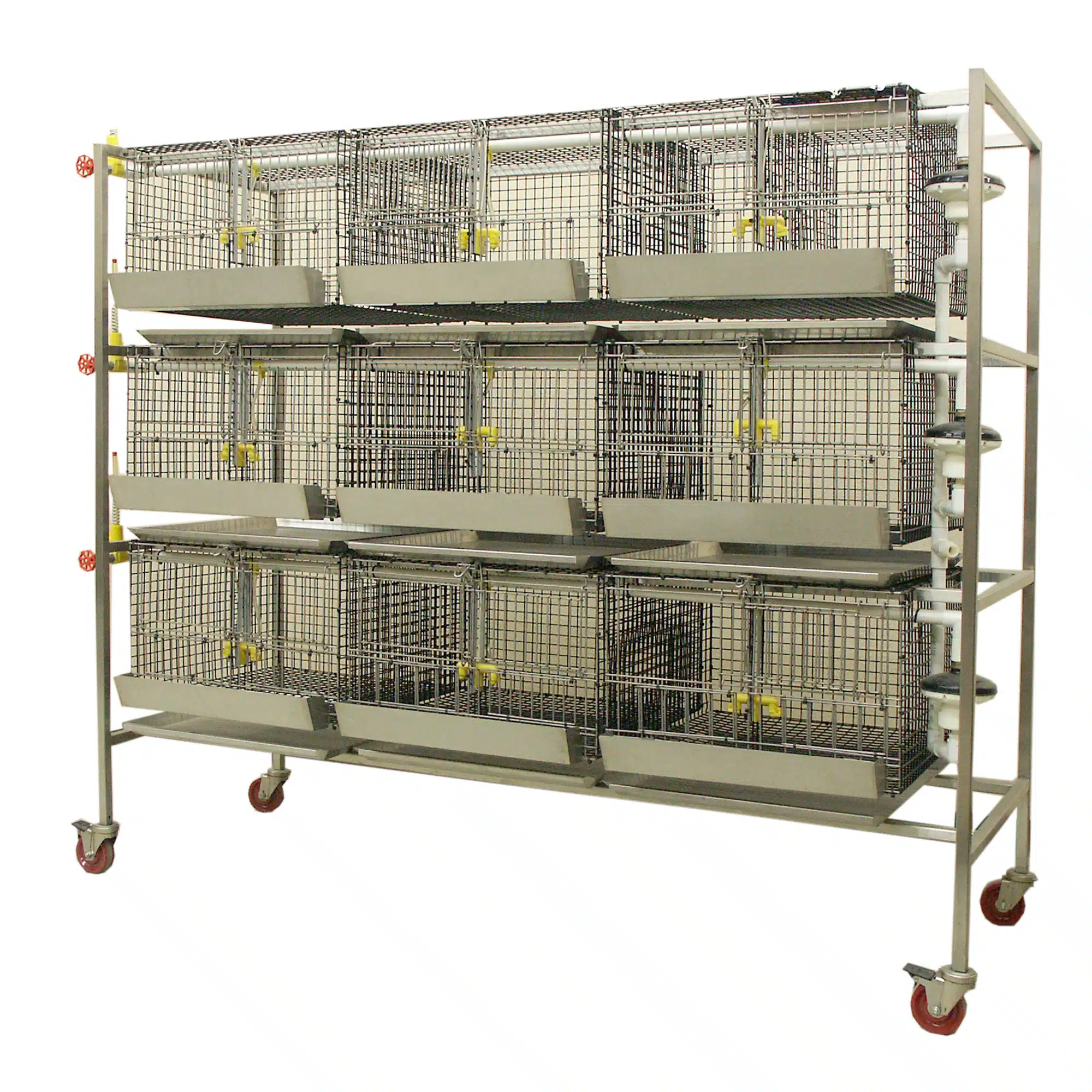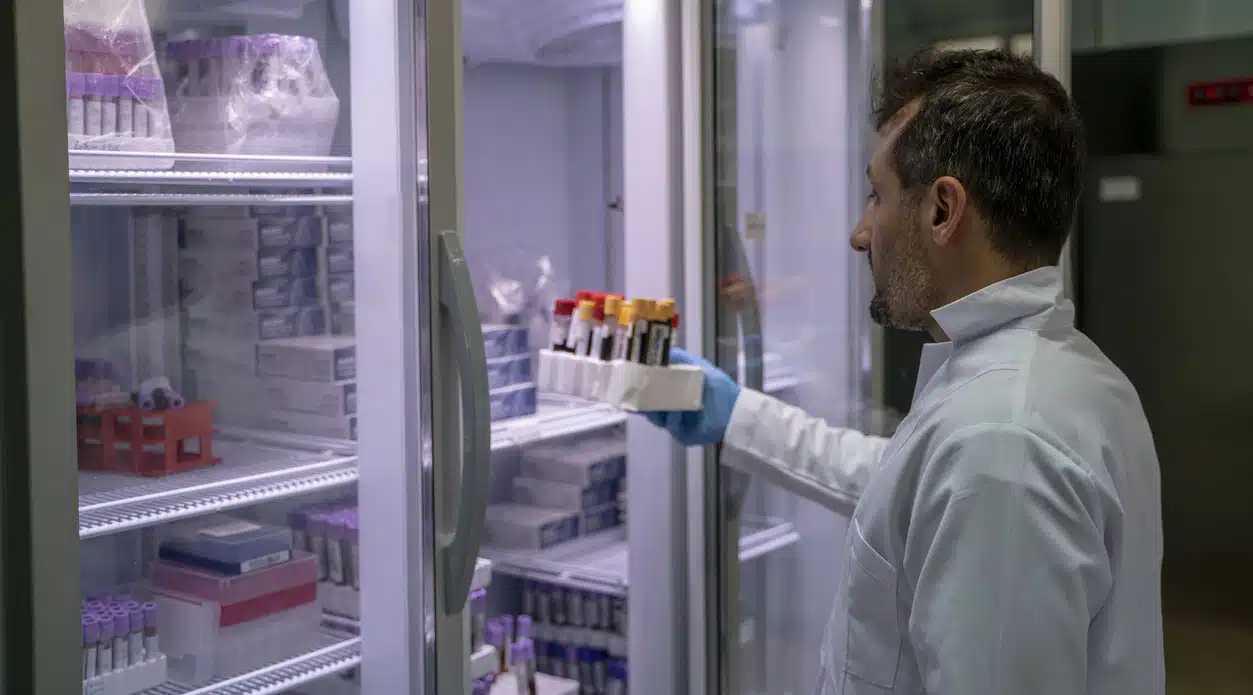Practical Guide to Accurate Plasma pH Measurement with a Benchtop Meter
Introduction
Accurate determination of blood-plasma pH is critical in both clinical research and diagnostics, where a shift of only 0.01 pH unit can alter protein binding, enzyme activity, and overall cellular homeostasis. While point-of-care blood-gas analyzers dominate hospital settings, benchtop laboratory pH meters remain invaluable in research and bioprocess monitoring thanks to their flexibility, ease of calibration, and lower cost. Plasma, however, is far from a simple aqueous solution: it is CO2-rich, highly buffered, and laden with proteins—each able to distort meter readings. This guide consolidates the key challenges, a step-wise laboratory workflow, and the instrument features that deliver reliable, reproducible results.
Figure 1. Physicochemical Obstacles to Plasma pH Measurement
| Obstacle | What happens | Practical impact |
|---|---|---|
| CO2 outgassing | CO2 diffuses out as soon as plasma is exposed to ambient air. | pH drifts upward; ≥ 0.05 pH error in minutes if the sample remains open. |
| Protein fouling | Proteins precipitate and coat the glass membrane and junction. | Slow response, drift, unstable endpoints. |
| Temperature dependence | Plasma pH changes ≈ 0.015 pH unit °C-1. | A 25 °C calibration used at 37 °C introduces ~0.18 pH error. |
Figure 2. Recommended Workflow for Benchtop Measurement
| Step | Essential actions |
|---|---|
| 1 Sample collection | Draw blood into a lithium-heparin syringe, expel air bubbles, cap. Centrifuge within 10 min; pipette plasma with a gas-tight or positive-displacement tip. |
| 2 Instrument set-up | Warm electrode and ATC probe to 37 °C in isotonic saline. Calibrate with two or three NIST-traceable buffers certified at 37 °C (6.865 / 7.383 / 7.917). Confirm slope ≥ 95 % and offset ≤ ± 0.03 pH. |
| 3 Measurement | Transfer 0.5–1 mL plasma into a closed polypropylene cup fitted with a septum. Insert a semi-micro electrode through the septum; stir gently. Accept reading once drift < 0.02 mV s-1. Complete within 30 min of collection. |
| 4 Post-run care | Rinse electrode in 0.1 mol L-1 KCl, dip for 60 s in pepsin cleaner to remove protein film, rinse, refill KCl if needed, and store bulb in 3 mol L-1 KCl. |
Figure 3. Instrument Features That Improve Plasma pH Accuracy
| Feature | Why it matters | Typical specification |
|---|---|---|
| High resolution & accuracy | Physiological range is narrow (7.35–7.45). | 0.001 pH resolution; ± 0.002 pH accuracy. |
| Automatic temperature compensation (ATC) | Removes manual correction; keeps reading true at 37 °C. | 0–100 °C range; sensor tip ≤ 1 cm from pH bulb. |
| Double-junction or ROSS™ reference | Silver-free electrolyte resists protein-induced clogging. | Refillable, flushable outer sleeve. |
| Open- or sleeve-junction design | Faster electrolyte flow decreases blockage and stabilizes endpoint. | Flow-through or Sure-Flow junction. |
| Low-impedance “fast-response” glass | Stabilizes reading before CO2 loss alters pH. | < 100 MΩ at 25 °C. |
| Semi-micro tip (≤ 6 mm Ø) | Works with ≤ 500 µL samples and fits through septa. | 3–6 mm bulb diameter. |
| GLP / 21 CFR Part 11 logging | Traceable calibrations and sample IDs for regulated labs. | ≥ 1 000 dataset memory. |
| Protein-cleaning protocol or kit | Restores membrane performance between runs. | Enzymatic dip or built-in “protein clean” cycle. |
Best-Practice Tips
- Keep the sample closed and measure quickly. Every minute in ambient air shifts pH upward.
- Match calibration and measurement temperatures. Use buffers certified at 37 °C or apply Nernst corrections.
- Clean after every plasma run. A 60-second enzymatic dip dramatically prolongs electrode life.
- Replace the KCl filling weekly. A fresh bridge solution maintains junction flow and minimizes drift.
- Audit slope and offset daily. Re-calibrate if the slope drops below 95 % or the offset exceeds ± 30 mV.
Conclusion
Plasma’s high buffer capacity, protein content, and CO2 sensitivity pose unique challenges that can overwhelm a standard pH setup. By following a tightly controlled workflow—closed sampling, temperature-matched calibration, rapid measurement, and rigorous cleaning—and by deploying a double-junction, low-impedance micro-electrode on a high-resolution, ATC-equipped meter, laboratories can capture plasma pH changes with clinical-grade precision while maintaining the flexibility and economy of a benchtop instrument.
Partner with ARES Scientific for Expert Solutions
When it comes to selecting the right pH meter, electrodes, and ancillary tools for precise plasma analysis, ARES Scientific is your trusted laboratory-equipment expert. Our specialists evaluate your workflow, recommend instruments that deliver clinical-grade accuracy, and provide full lifecycle support—from installation and calibration to ongoing maintenance programs. If you’re ready to upgrade your pH measurement capabilities or need comprehensive solutions for any aspect of your vivarium or research lab, contact ARES Scientific today to speak with an expert and receive a tailored equipment proposal.



